 Abraham Lincoln
If given the truth, the people can be depended upon to meet any national crisis...
Abraham Lincoln
If given the truth, the people can be depended upon to meet any national crisis...
 Guildford news...
for Guildford people, brought to you by Guildford reporters - Guildford's own news service
Guildford news...
for Guildford people, brought to you by Guildford reporters - Guildford's own news service
Birdwatcher’s Diary No.277 – See the White Tailed Eagle
Published on: 19 Apr, 2023
Updated on: 20 Apr, 2023
By Malcolm Fincham
At long last, as April opened its door, high pressure built up over the UK holding back the constant flow of Atlantic Westerlies that had bestowed us for the best part of March.
High levels of rainfall had kept water-levels high along the River Wey and its floodplains throughout the later weeks of March, thus prompting, once again, for Guildford’s lengthsmen to lower the navigation levels during the first days of April ready to cushion any excess flow from the hills upstream.
A walk along the towpath, from Woking Road to Stoke Lock, in the company of Bob and Dougal, made for a few interesting sightings as we ambled in the direction of the Riverside Nature Reserve.
Along the exposed banks of the canal freshwater oysters could be found, some partially open, using their tongue-like bodies to drag themselves back into the water.
Assisting as many as we could find back into the water along the way, we also found and rescued a stone loach that had been stranded in the mud.
Across the flooded field a mute swan could be viewed sitting tight on its nest.
While two pairs of shoveler ducks remained on flooded ‘scrape’.
Greenfinches and goldfinches could be seen and heard in the trees close to the lock gates.
Across the river, a willow warbler broke into song, the first I’d had to pleasure to hear this year.
Chiffchaffs appeared to be doing well at most locations I had recently visited and this was certainly the case around the riverside.
A few male blackcaps had began to break into song.
One of which alerting me to a female, recognised by its copper-brown head-cap, as it fed on ivy berries along with the male.
Once in a while the abrupt call of a Cetti’s warbler could be heard. Even catching a photo of one of two I had heard there that day, as it perched up briefly in some brambles across the river.
Grey wagtails had now paired up and several pairs could be viewed at various points along the river as far as Bowers Lock. The males recognised by their black bibs.
During the days that followed, by April 4 while visiting the riverside I was able to add several more sightings.
These included several more brimstone butterflies to add to this year’s sightings.
As well as several peacocks butterflies to add as new additions.
A kingfisher even flashed past downstream along the river, perching up on the far bank allowing me a few record shots.
Several long-tailed tits had begun their recent trend of flying around with feathers in their beaks as they continued nest-building.
A male reed bunting had returned from its winter retreat during the first week of the month. Now colouring up into its full summer plumage as it perched up by the small pond in a tree alongside the boardwalk.
At Stoke Lock Cottage I had three red kites flying low and displaying, not much above rooftop height.
While a wren gave me, what one might say, a full rendition of its song, as it perched up for several minutes in a tree by the lock.
At Britten’s Pond the fishing close season was still in place, although daily visits continued with the friendly committee members carrying out any maintenance required, the only angling allowed therefore was for the wildlife there.
These included the regular visits from a grey heron.
And as many as four cormorants.
As well as, of course, my personal favourite, the kingfisher.
A pair of lesser black-backed gulls continued to make occasional visits.
I also added, on April 4, my first comma butterfly of the year while there.
 Having seen my first mallard of the year with a chick at Britten’s Pond on April 4, it was just a few days later I saw a more respectable number of nine chicks by Stoke Lock.
Having seen my first mallard of the year with a chick at Britten’s Pond on April 4, it was just a few days later I saw a more respectable number of nine chicks by Stoke Lock.
Having not visited Pulborough Brooks since May last year, after weeks of deliberating, the opportunity, at last, came my way.
Since earlier this year, a pair of white-tailed eagles, originally released on the Isle of Wight, have been spending much of their leisure time in the vicinity of the Arun Valley in West Sussex.
They had often been reported as being seen from Pulborough. Our arrival at Winpenny hide, one of the four hides overlooking the ‘brooks’, gave us good views of two adders basking in the warmth of the sunshine, near to the entrance.
From within the hide we soon added a marsh harrier hunting over the wetlands.
Several common snipe took a while to pick out as they crouched, well camouflaged, within the tufts of grass at the edge of the pool.
Several common redshanks could also be viewed.
As well as a few lapwings displaying.
It was then, while scanning the far side of the brooks, we picked out a white-tailed eagle, feeding on a duck by the water’s edge.
Having watched it for a good 30 minutes it took flight, slowly circling-ever upwards until disappearing as a dot in the sky.
From Hanger viewpoint, continuing our circular walk, now seeing several brimstone butterflies fluttering past, some settling on the primroses now in flower (see previous picture above), we were able to pick out two Mediterranean gulls.
Med gulls, as they are more usually called, are increasing in number along southern coastal areas, and seemed to be more commonly viewed inland too. Two could be seen on the Brooks that day.
While a few wintering wigeon still lingered.
And a stonechat perched up, seemingly begging for a photo!
On our return to the car a message ‘popped up’ on my mobile that the Camberwell beauty butterfly had once again been sighted at Wisley Common. After a short deliberation, we decided to ‘go for it’.
Although personally desperate to get a photo of it, I was at least left with the memory on this occasion of seeing it. And noting its distinctive pale yellow border and its purple-brown wings as it teasingly pretended that it was going to rest on a wooden sleeper in the garden of Hut Cottage. It then flew past us all, gaining height then out of sight into a nearby pine tree.
In another one of pine trees surrounding the cottage at Hut Hill, a kestrel could be viewed.
Also picking out a treecreeper while there.
Locally, on Whitmoor Common an afternoon visit continued to produce a few pleasant sightings.
By the car park in Salt Box Road my first observation was a great tit carrying a large clump of moss for nest building.
Out on the heathland a group of linnets could be viewed, feeding on the cones of the few pine trees there.
Closer inspection also revealed a few coal tits also feeding.
On another pine, a great spotted woodpecker could be viewed drumming on the tree’s bark.
A delight to see, as always, were good numbers of Dartford warblers, having survived another winter.
A healthy number of stonechats were also still present.
While a roe deer also made an appearance.
On April 8, once again in the company of Bob and Dougal, I spent a few hours at Farlington Marshes, near Portsmouth.
Two juvenile little gulls, a first, and possibly second winter individuals could be viewed over the water near the information hut.
Although not in full summer plumage, they were a really pleasant sight, as they danced tern-like over the water, adding for me, a nice challenge to photograph.
A short-eared owl was still present on the reserve and put in an appearance during our presence.
And a marsh harrier, a regular visitor in recent times, put in a brief performance over the reedbeds.
Bearded tits had been few and far between within the reedbeds at Farlington in recent times, having only seen them just a few times there during 2022.
To our fortune, although not able to get any photos, two could be heard and seen in flight near the visitor hut.
While a Cetti’s warbler conceded to allow me a rare photo.
Avocets were present, loosely grouped, with a few individuals seen at various locations about the reserve.
While good numbers of Mediterranean gulls could be viewed there.
A small pantheon of black-tailed godwits were now colouring up into their beautiful bronze summer plumage.
Large groups of shelduck were also present.
While one of the resident kestrels hunted by the car park on our return.
 At Papercourt Water Meadows, at Send, near Woking, both sedge warbler and common whitethroat had been recently sighted. And on April 9, Bob and I visited and successfully located both already in song and rejoicing the success of their long voyage from Africa.
At Papercourt Water Meadows, at Send, near Woking, both sedge warbler and common whitethroat had been recently sighted. And on April 9, Bob and I visited and successfully located both already in song and rejoicing the success of their long voyage from Africa.
Meanwhile, at the Riverside Nature Reserve it wasn’t until April 13 that the first sedge warbler arrived, personally welcoming it with a few photos as it perched up in some brambles.
I also had my first sightings of two male orange tip butterflies this year, newly on the wing and in pristine condition, feeding on the cuckooflower.
Across the canal, by the lock, while looking across the sewage works, a host of hirundines could be observed, newly arrived and feeding on insects pushed down by low cloud and drizzle.
Most were swallows, a few resting on the utility wires.
Although several sand martins were still passing through. And a few house martins had begun to arrive too.
What had been an eventful fortnight was in need of being drawn to a close. However, with so many summer visitors still to arrive, and with high hopes and great expectancy of photographing some, I was brought back down to earth in my contentment.
This was to see a fox nonchalantly cross my path with its own thoughts on its mind as we reflected on another day.
Responses to Birdwatcher’s Diary No.277 – See the White Tailed Eagle
Leave a Comment Cancel reply
Please see our comments policy. All comments are moderated and may take time to appear. Full names, or at least initial and surname, must be given.
Click on cartoon for Dragon story: Public Asked for Views on SCC’s Proposal for Reduced Speed Limits




Recent Articles
- Thames Water Announce Hosepipe Ban – But Not for Guildford
- Letter: Normandy Proposal Needs A Proper Services Audit
- Notice: Free Bereavement Support Programme
- Normandy Housing Plan Reignites Concerns Over ‘Damage To Our Community’
- Letter: The Class of 1955 Meets 70 Years On.
- Highways Bulletin: Reimagining Parking with Green Design
- Opinion: Never Have We Needed the Benefits of the Natural World More
- SCC Calls on the Government To Protect the Environment
- Two-Week Road Closure on Portsmouth Road for Gas Network Upgrade
- Charlotteville Cycling Club Organises Another Successful Race Event



Recent Comments
- Richard Cooke on Letter: Snail-paced Progress for Full Weir Repair
- Bethan Moore on Guildford’s First “Bike Bus”
- Andy Friend-Smith on Guildford’s First “Bike Bus”
- Peter Mills on Guildford’s First “Bike Bus”
- Des Flanders on Making History As Pewley School’s Class of ’54 Hold Their Final Reunion
- Margaret Rotherham on Guildford Festival Burst with Colour, Culture and Community Spirit
Search in Site
Media Gallery
Dragon Interview: Local Artist Leaves Her Mark At One of England’s Most Historic Buildings
January 21, 2023 / No Comment / Read MoreDragon Interview: Lib Dem Planning Chair: ‘Current Policy Doesn’t Work for Local People’
January 19, 2023 / No Comment / Read MoreA3 Tunnel in Guildford ‘Necessary’ for New Homes, Says Guildford’s MP
January 10, 2023 / No Comment / Read More‘Madness’ for London Road Scheme to Go Ahead Against ‘Huge Opposition’, Says SCC Leader
January 6, 2023 / No Comment / Read MoreCouncillor’s Son Starts Campaign for More Consultation on North Street Plan
December 30, 2022 / No Comment / Read MoreCounty Council Climbs Down Over London Road Works – Further ‘Engagement’ Period Announced
December 14, 2022 / No Comment / Read MoreDragon Interview: GBC Reaction to the Government’s Expected Decision to Relax Housing Targets
December 7, 2022 / No Comment / Read MoreHow Can Our Town Centre Businesses Recover? Watch the Shop Front Debate
May 18, 2020 / No Comment / Read More



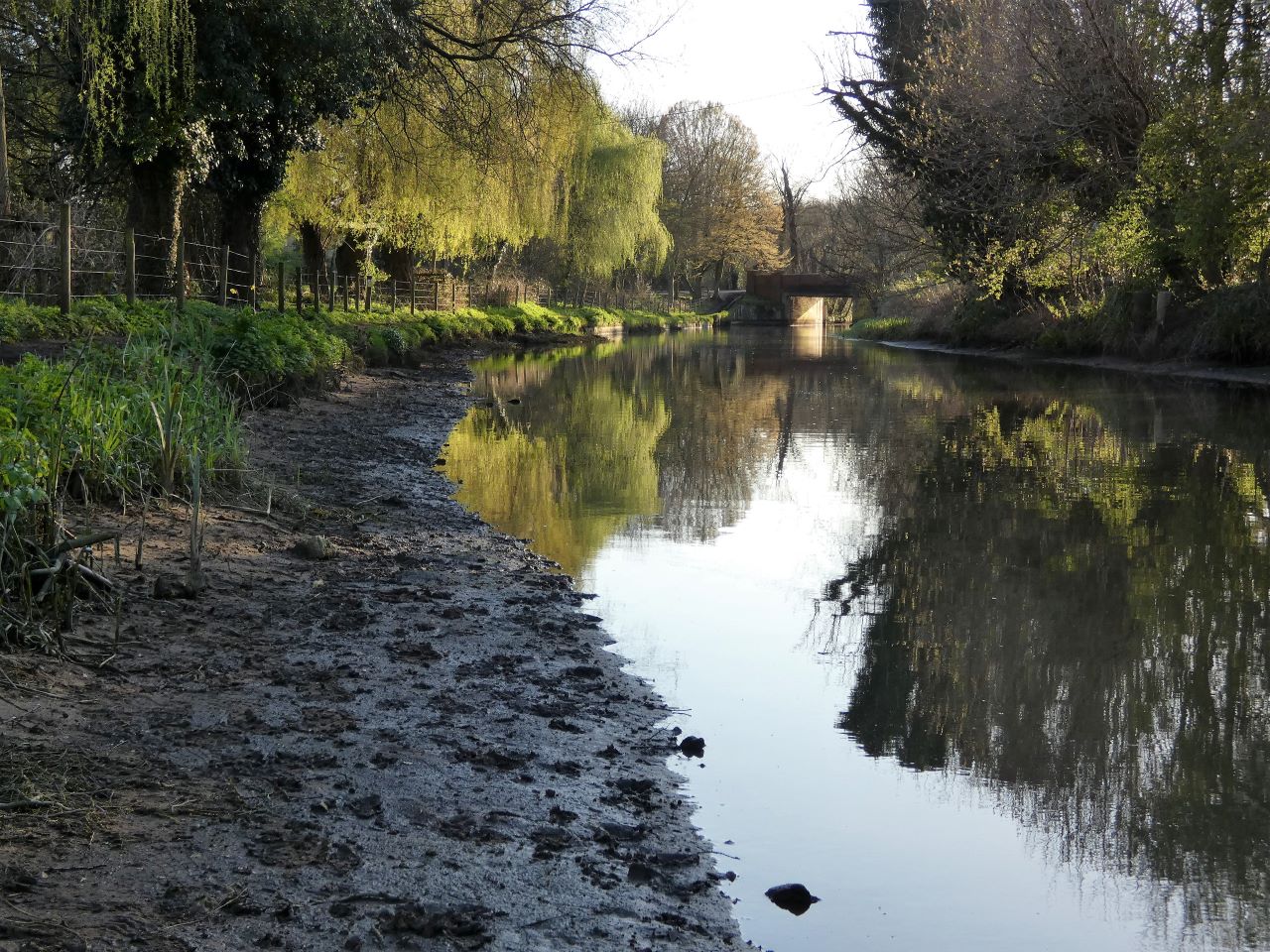
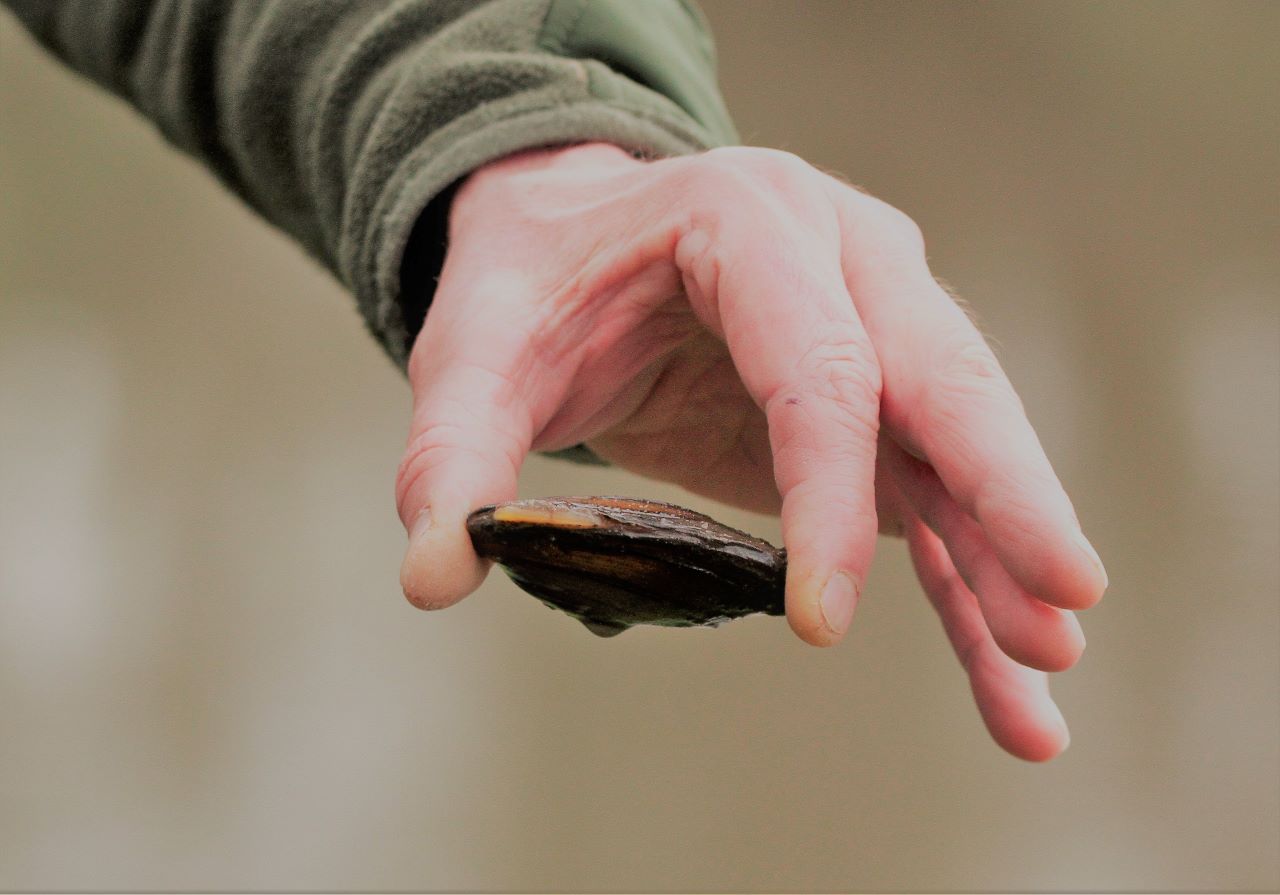
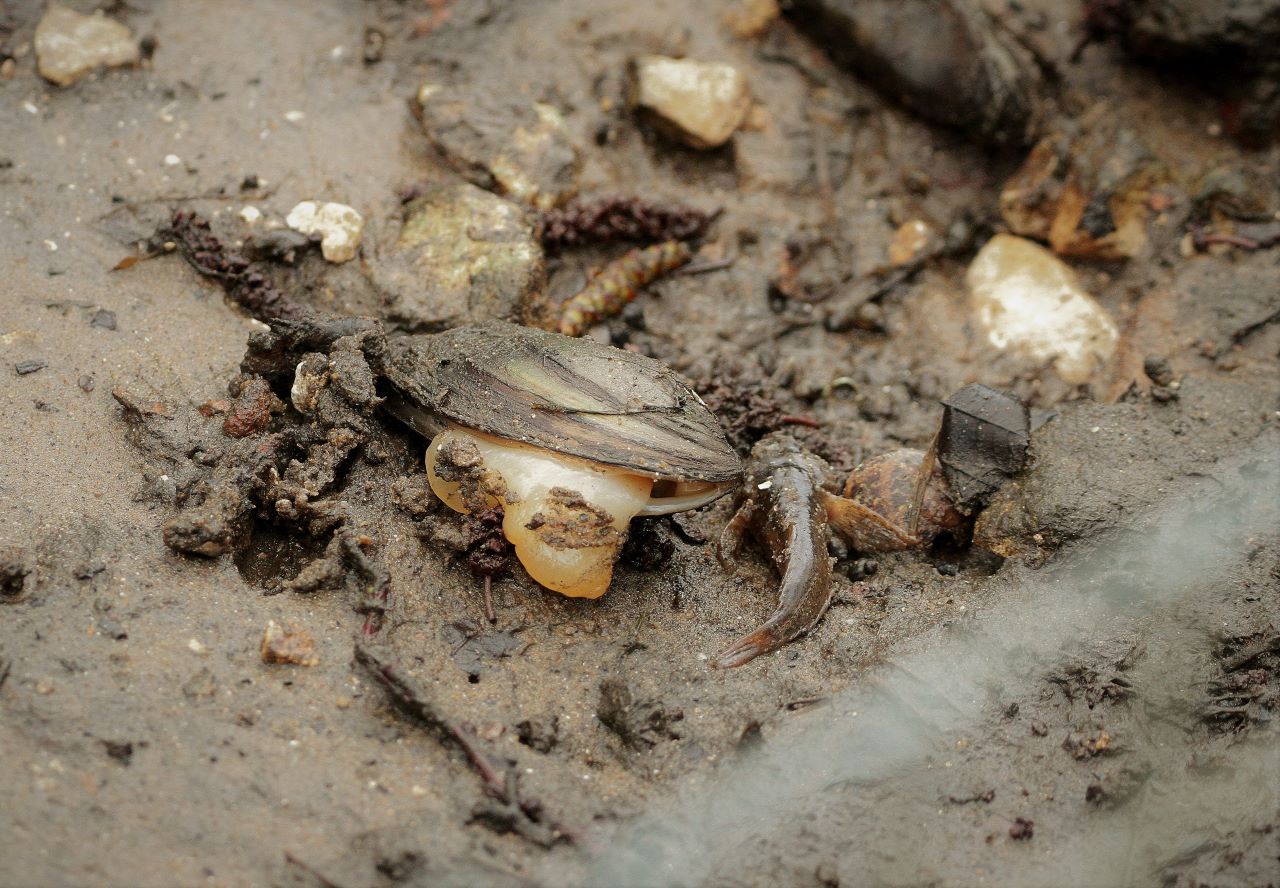

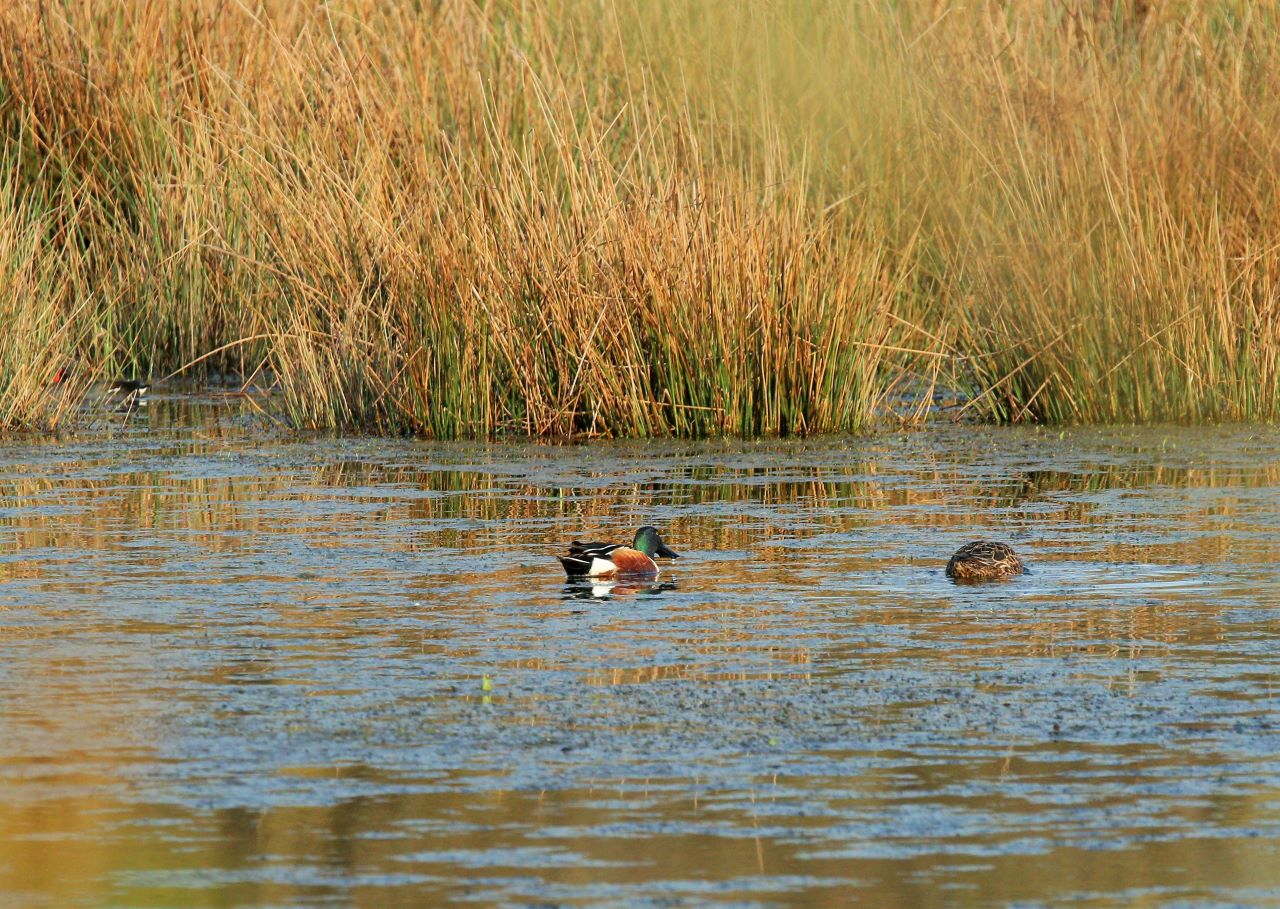

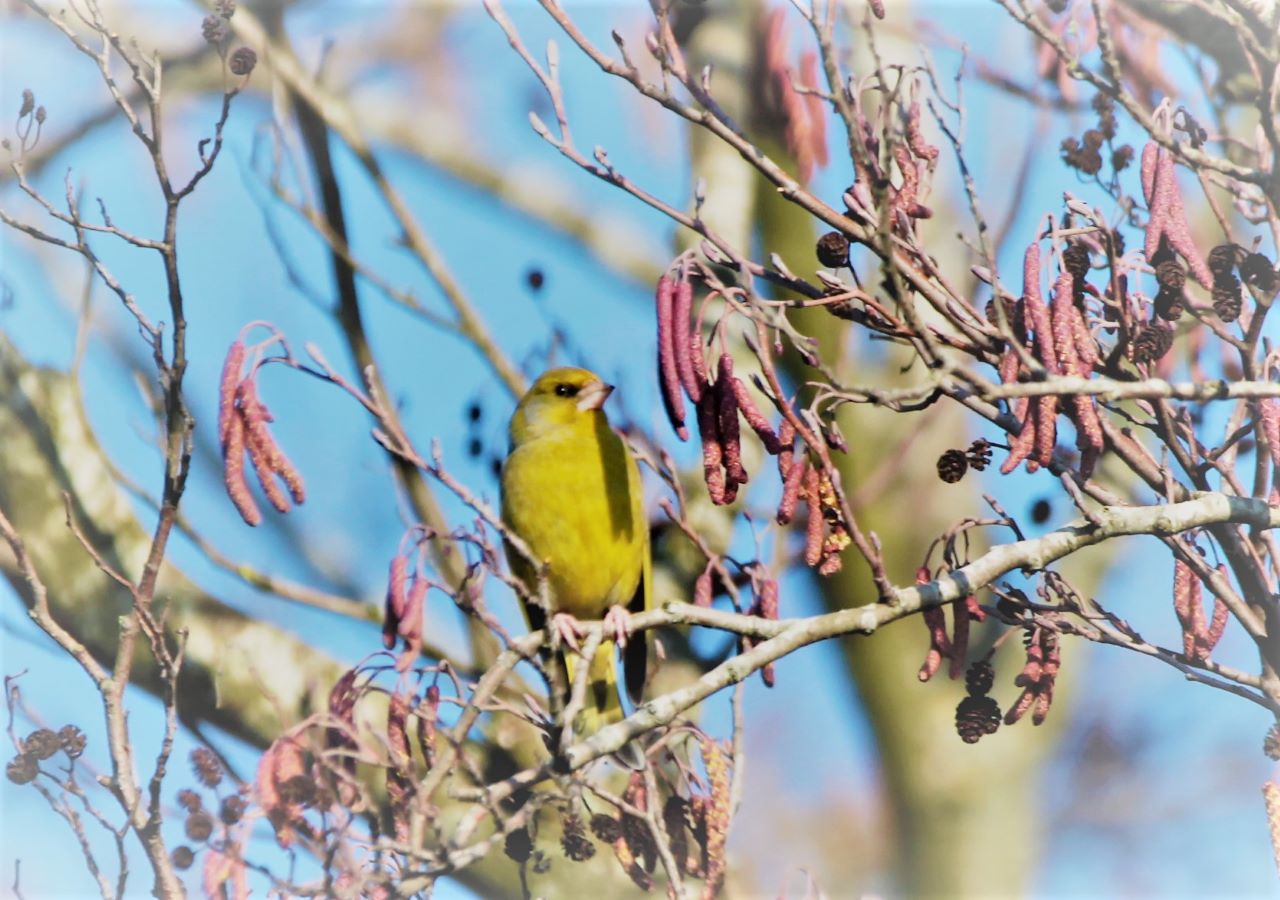
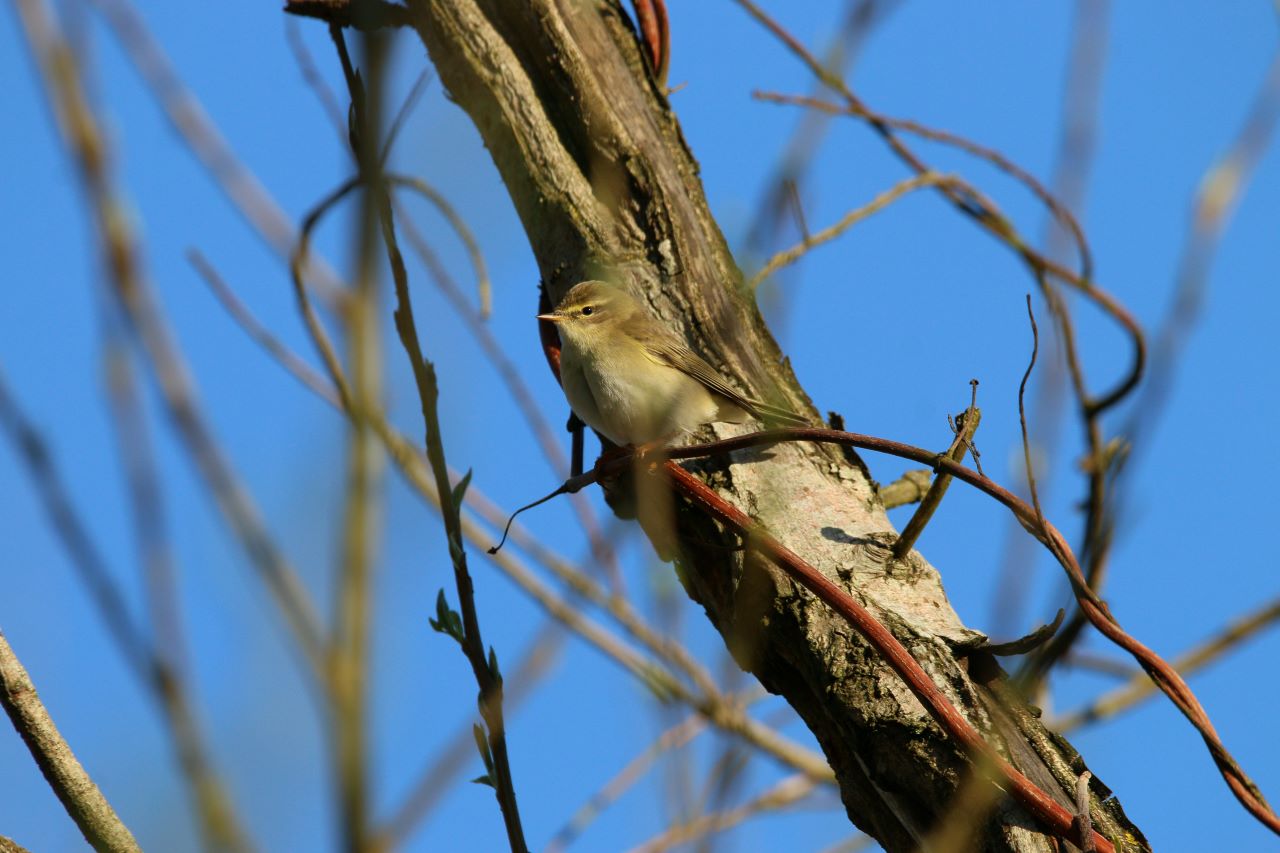
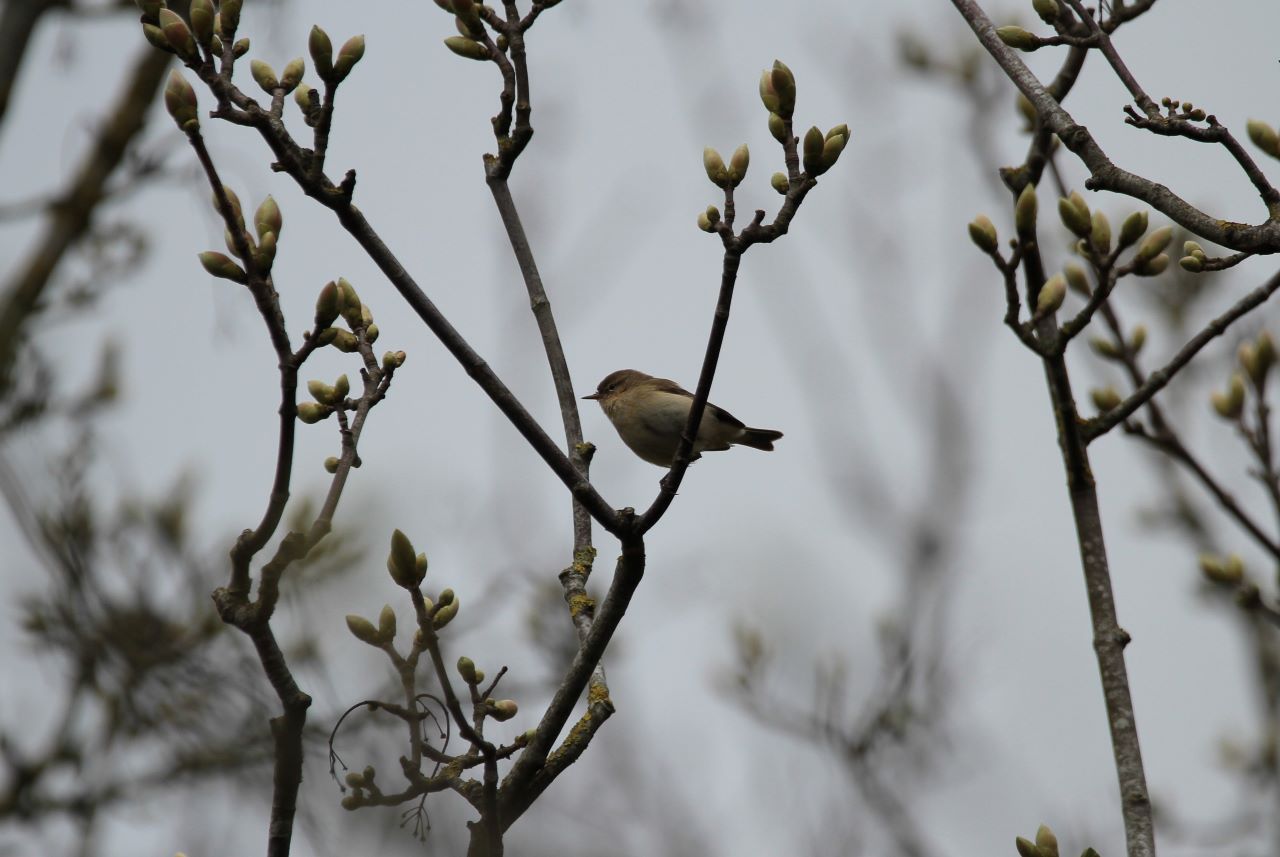



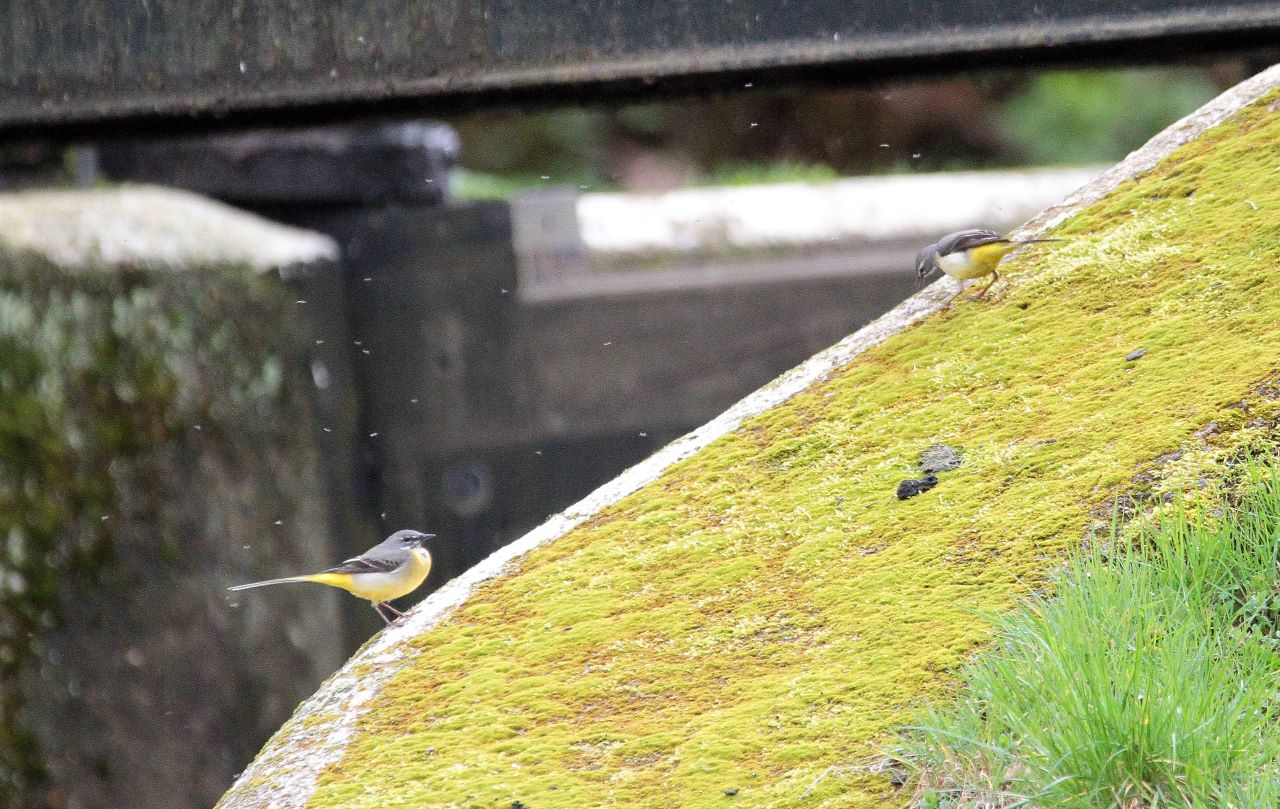


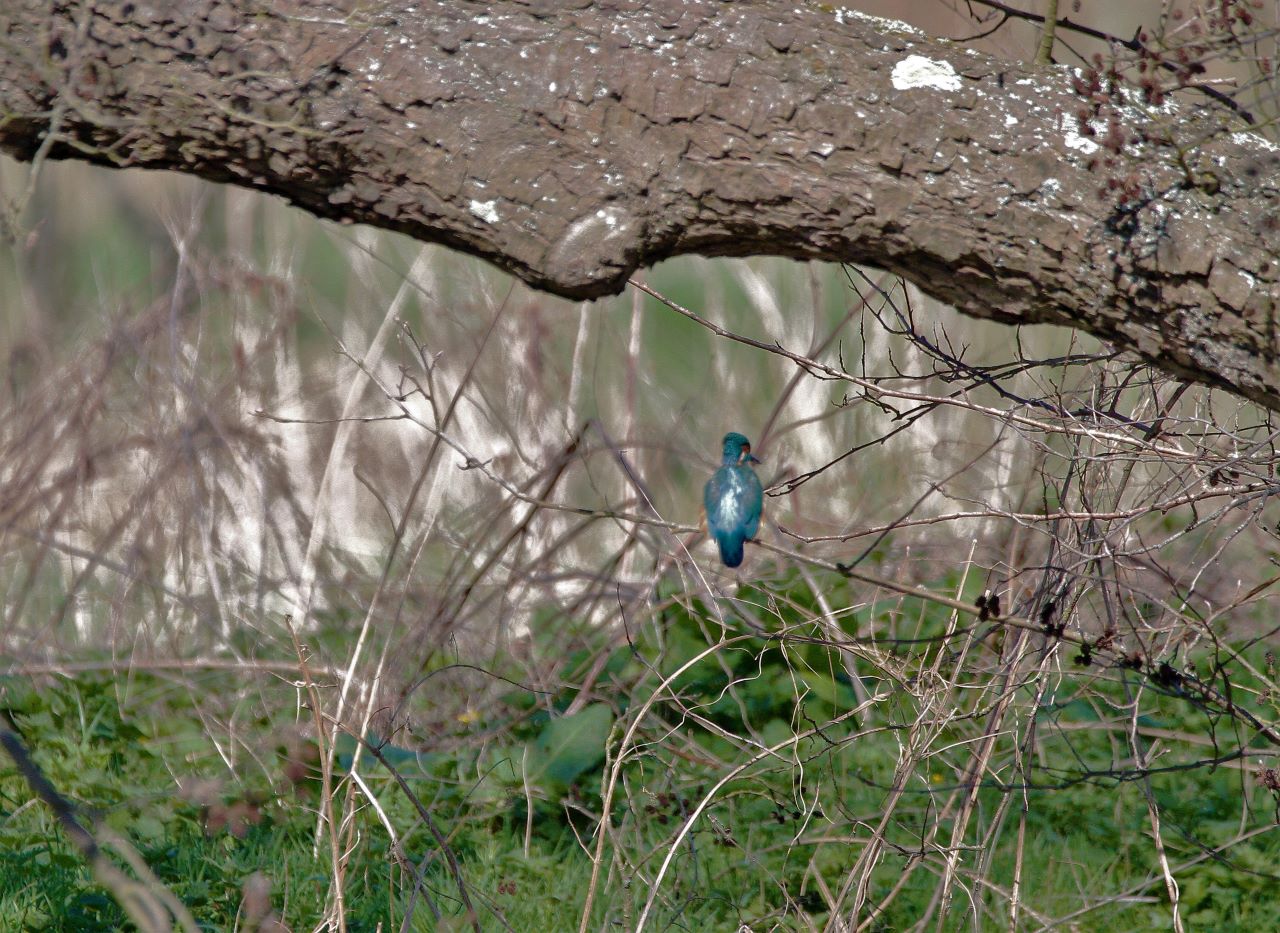
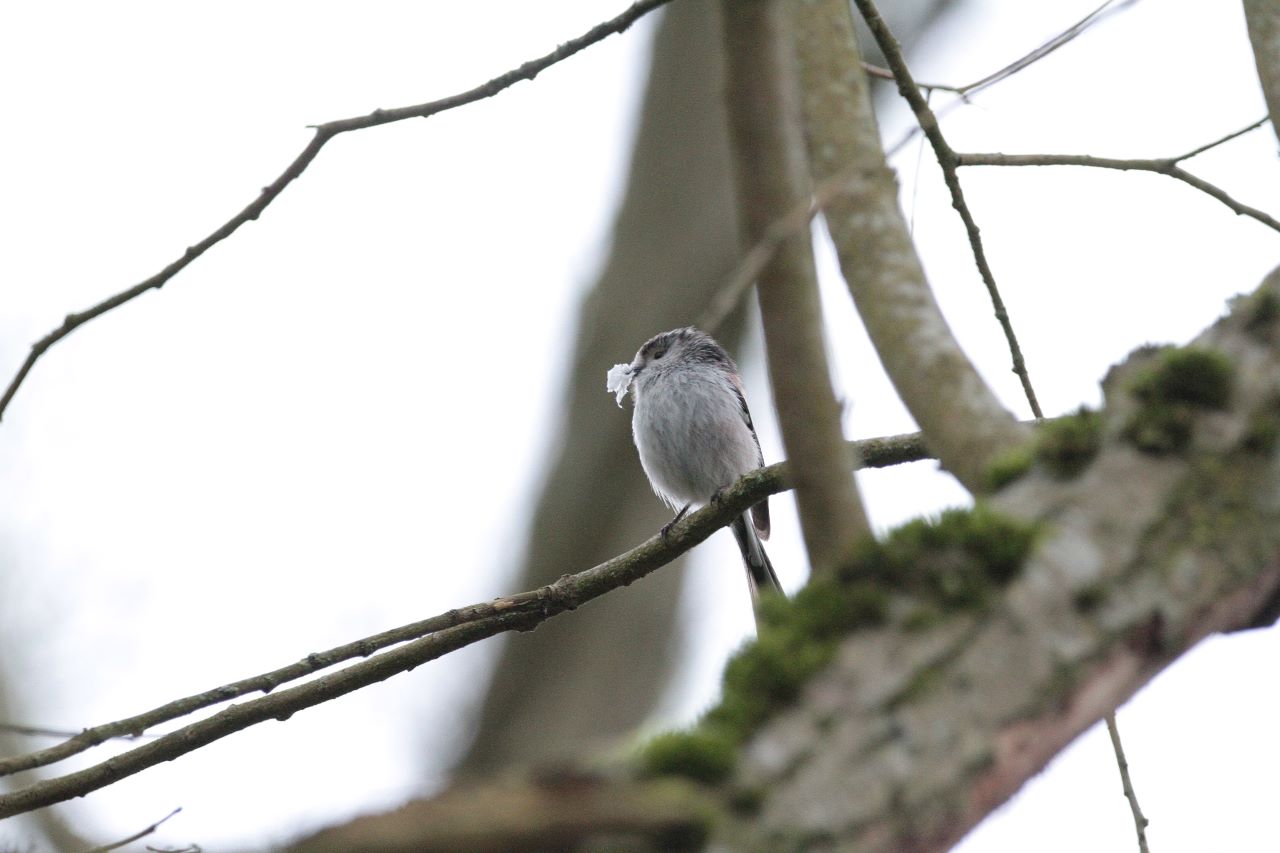


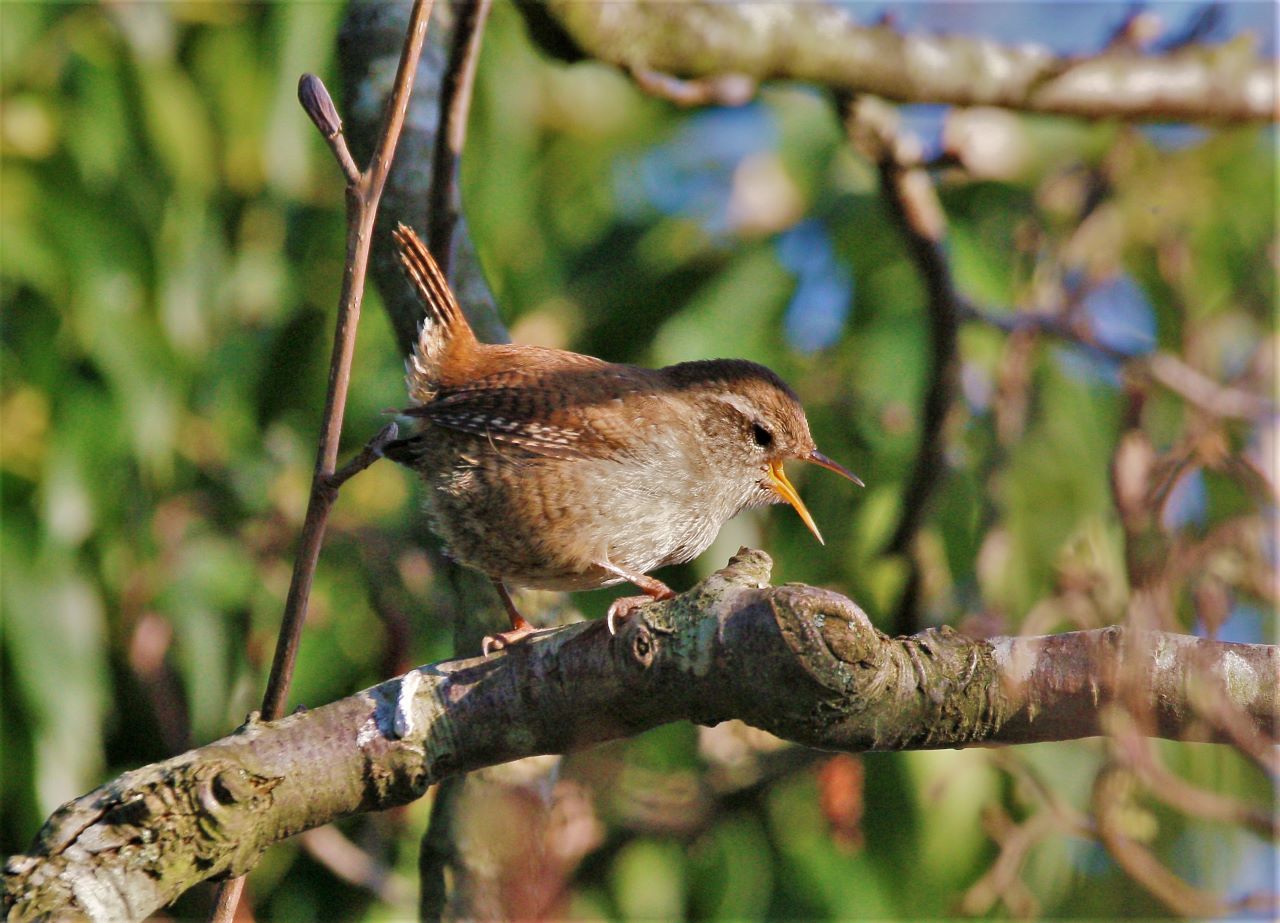

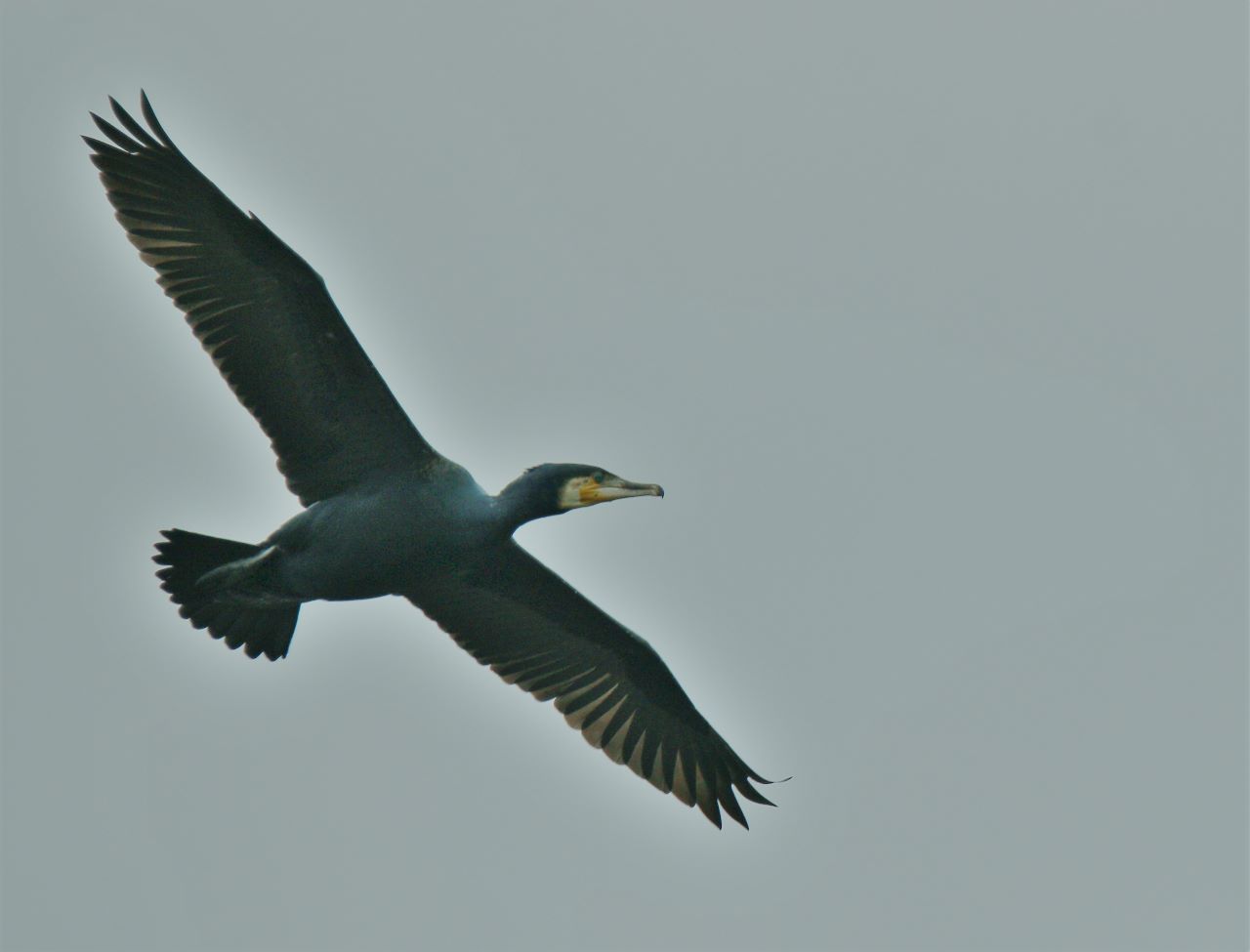
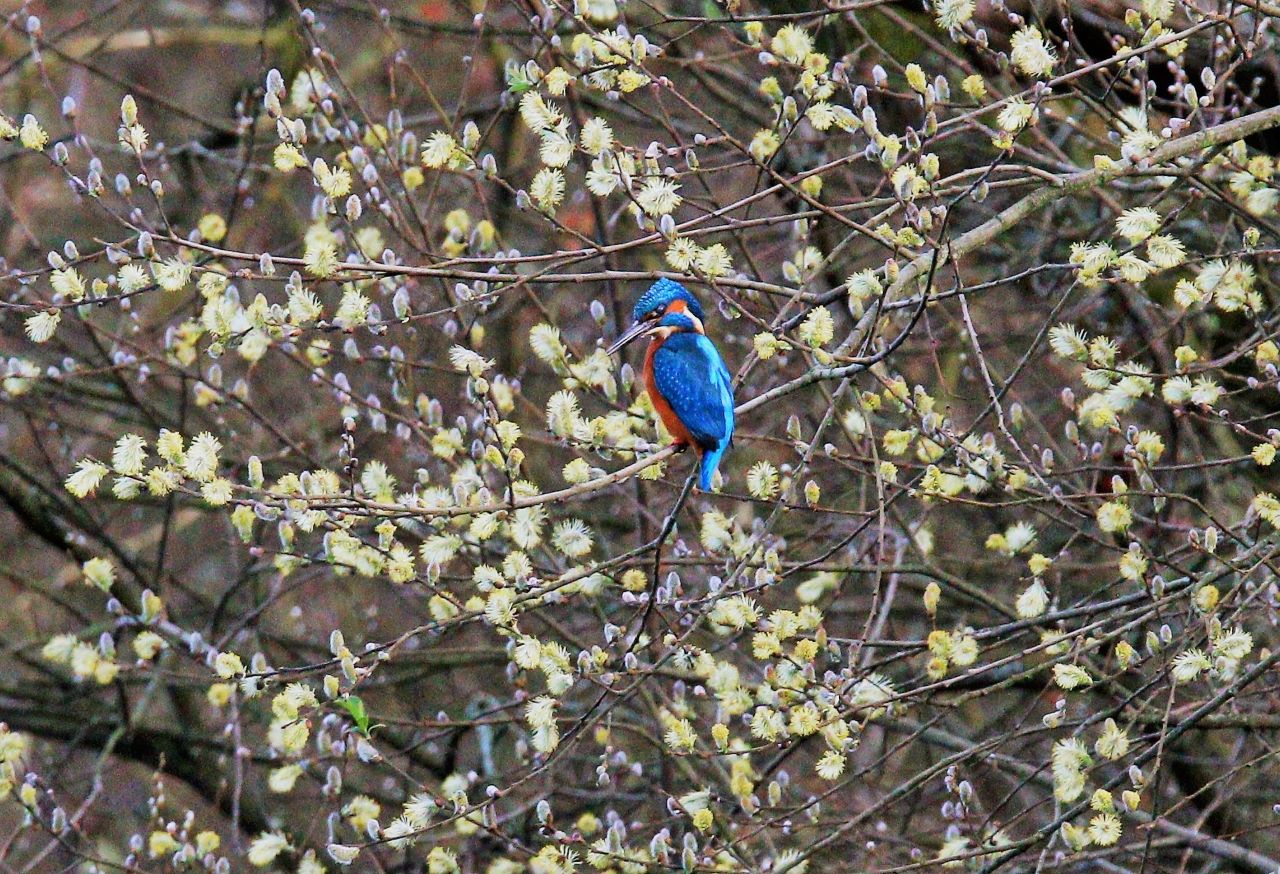

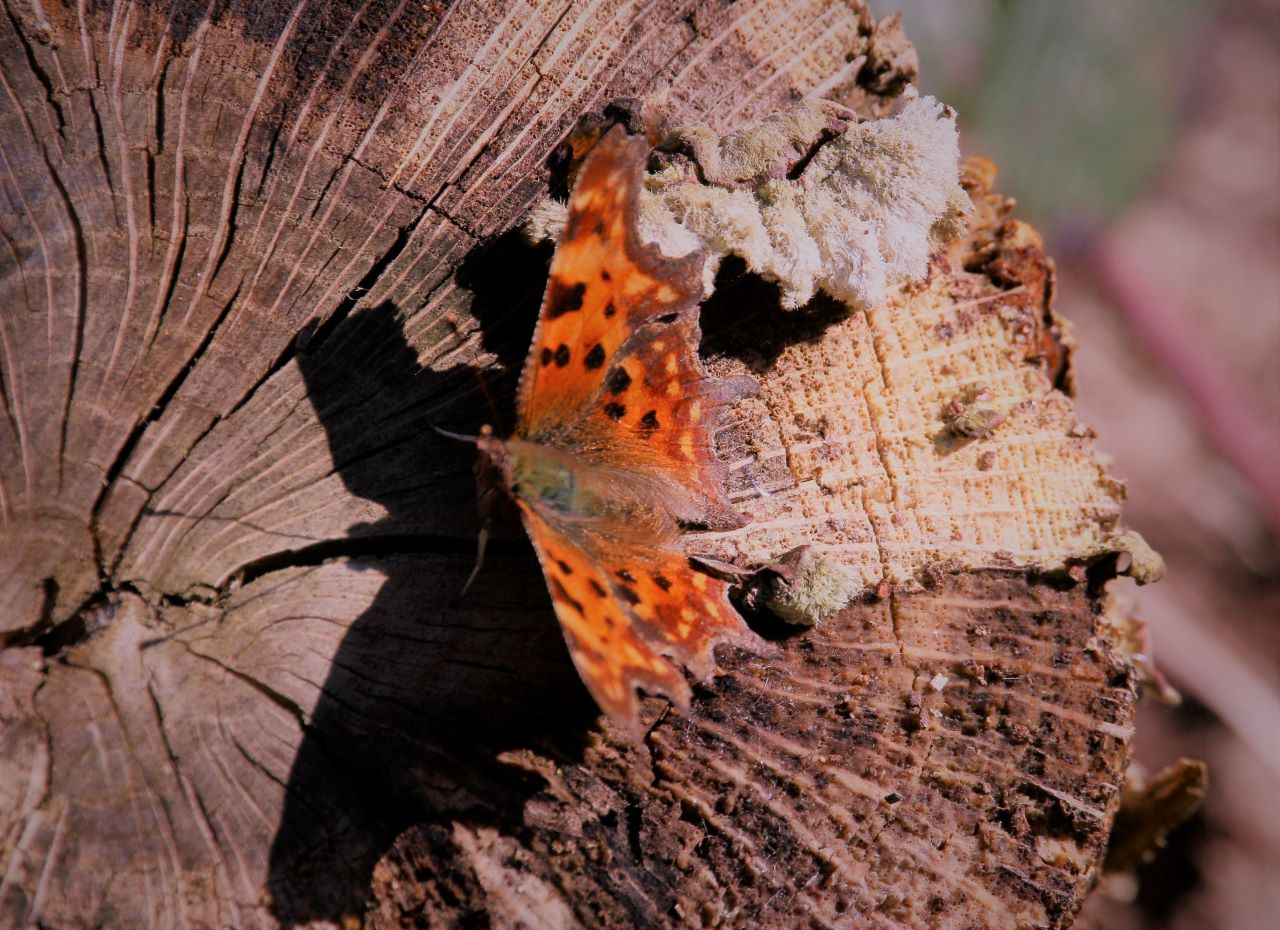


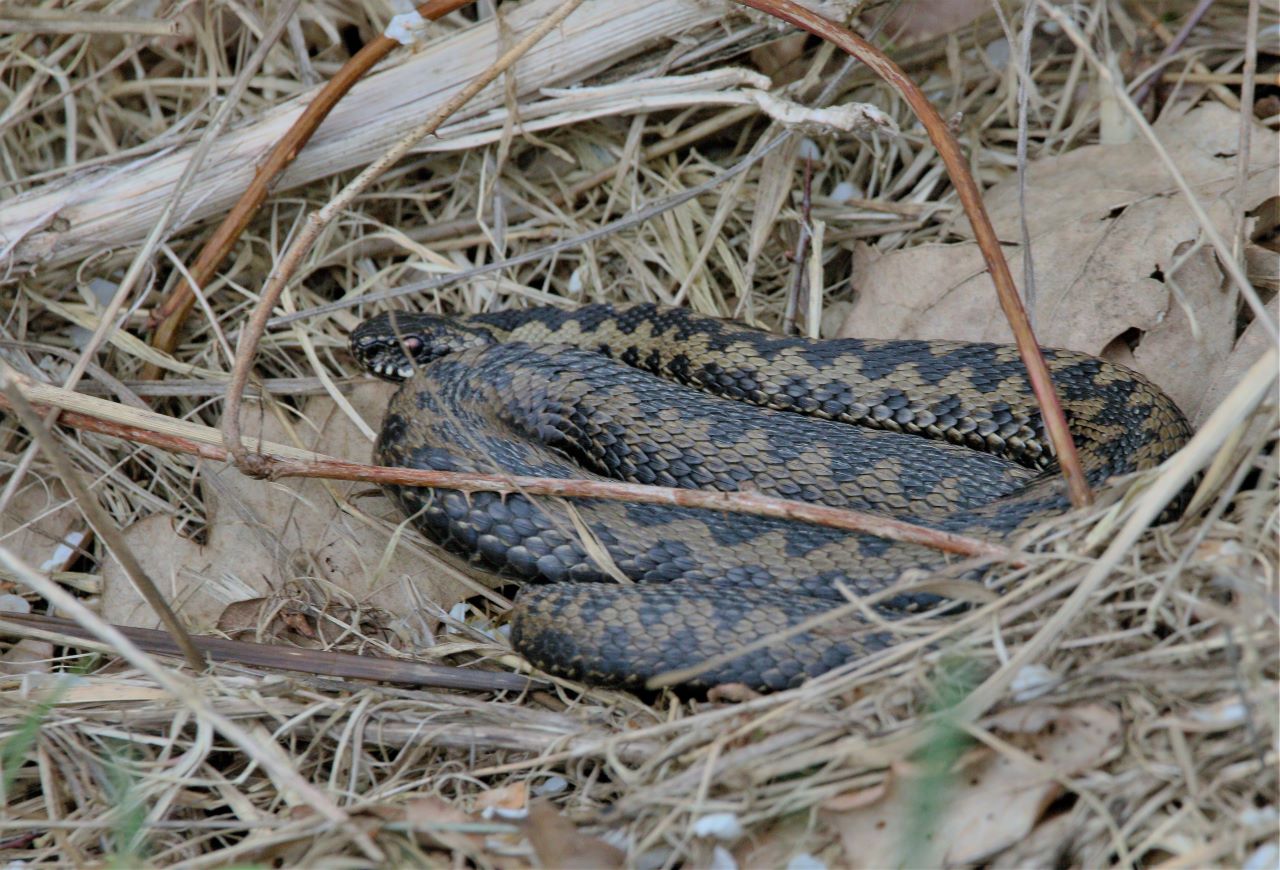
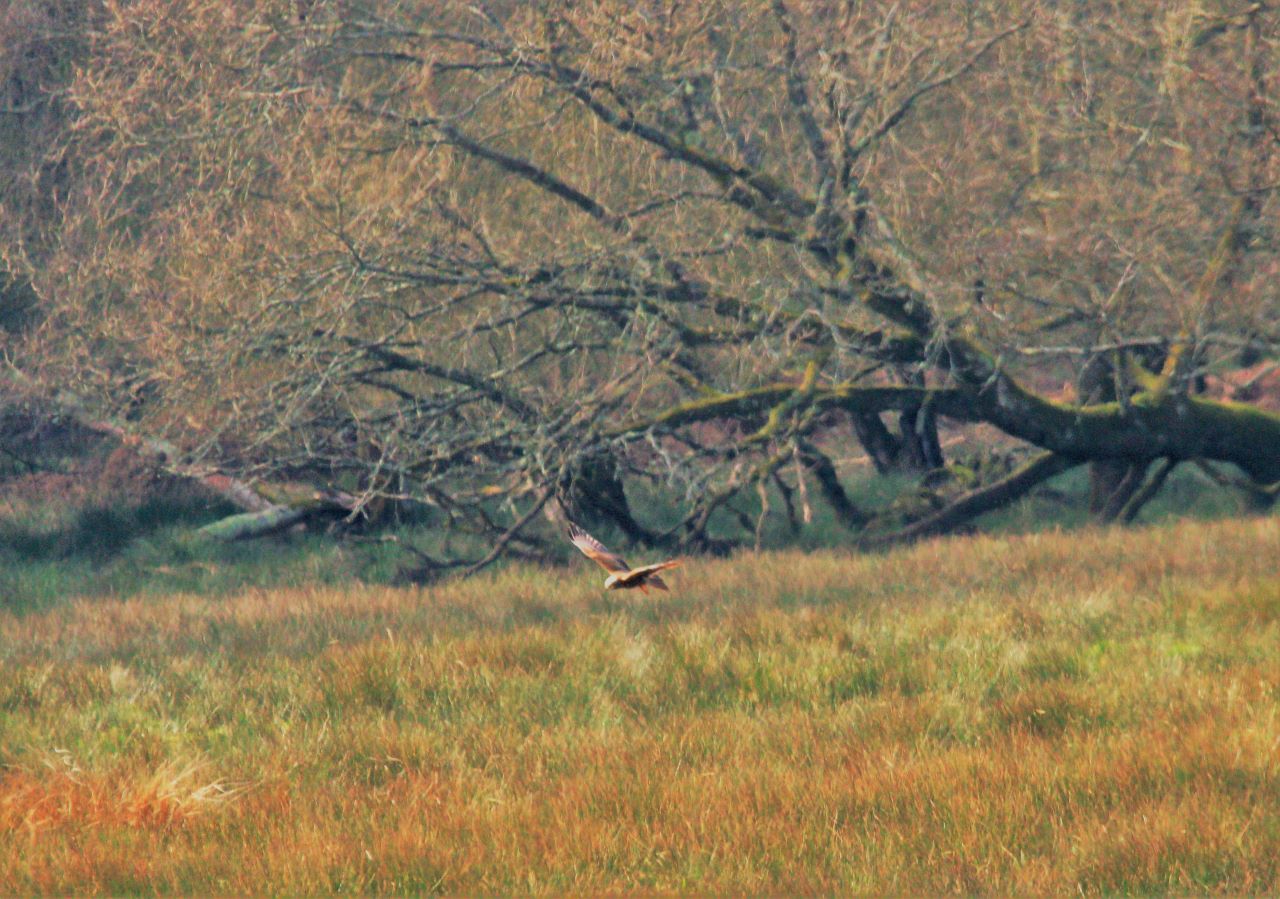


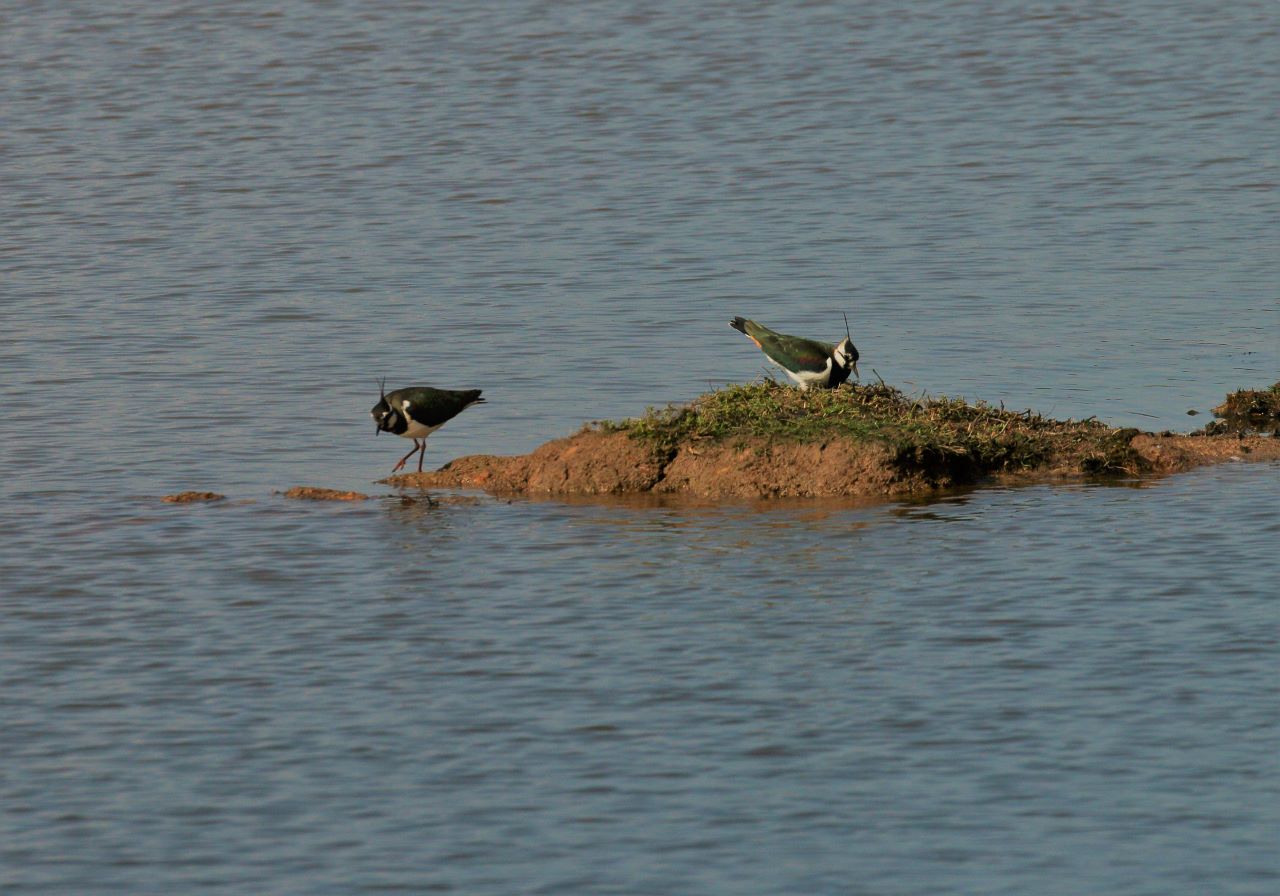

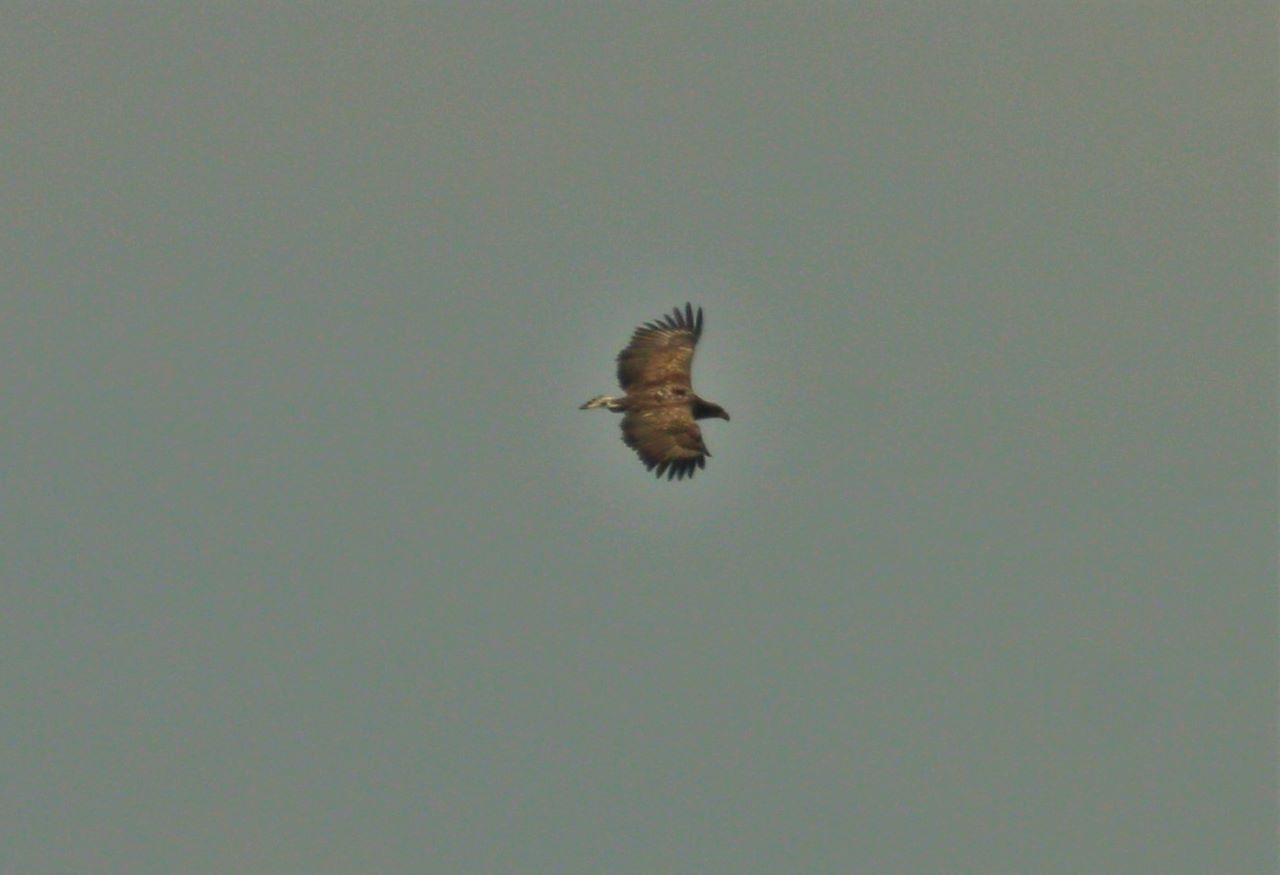


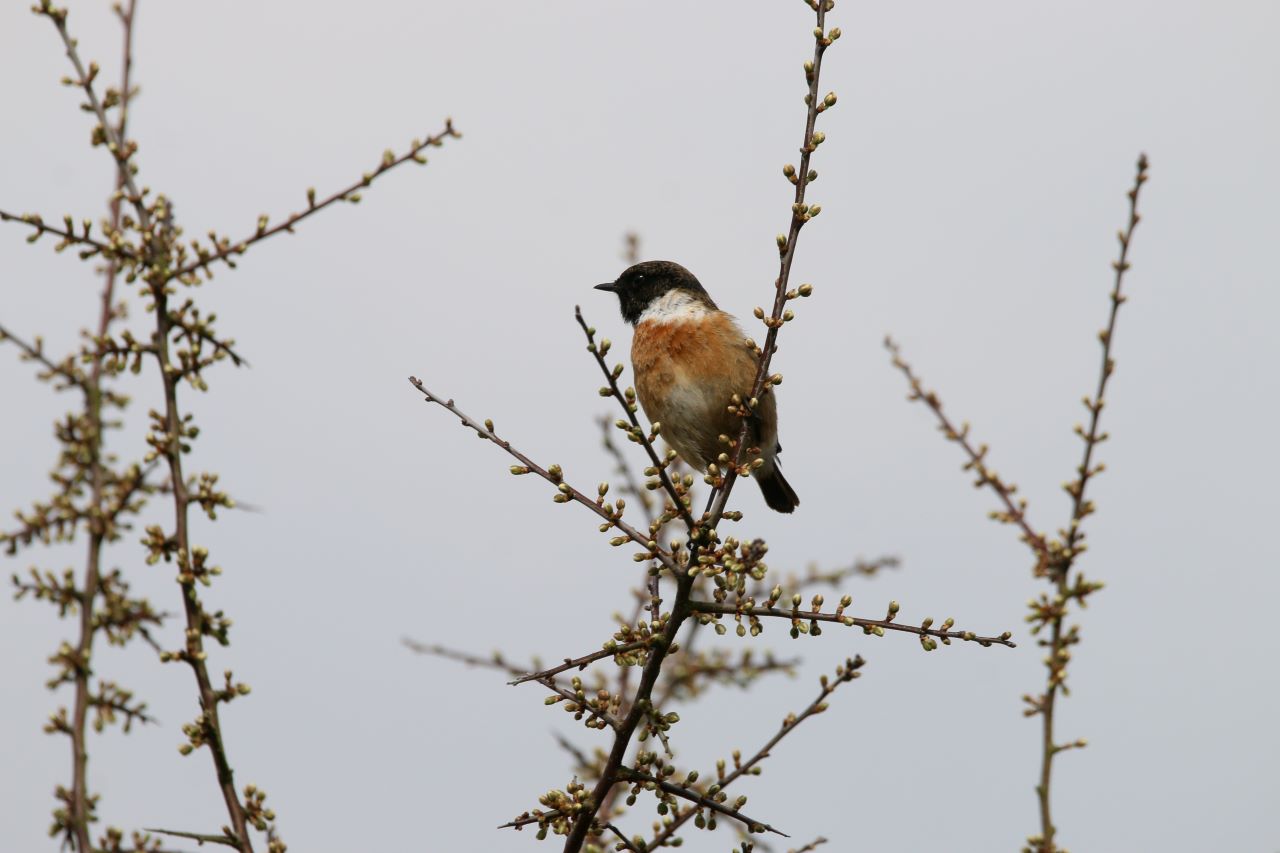

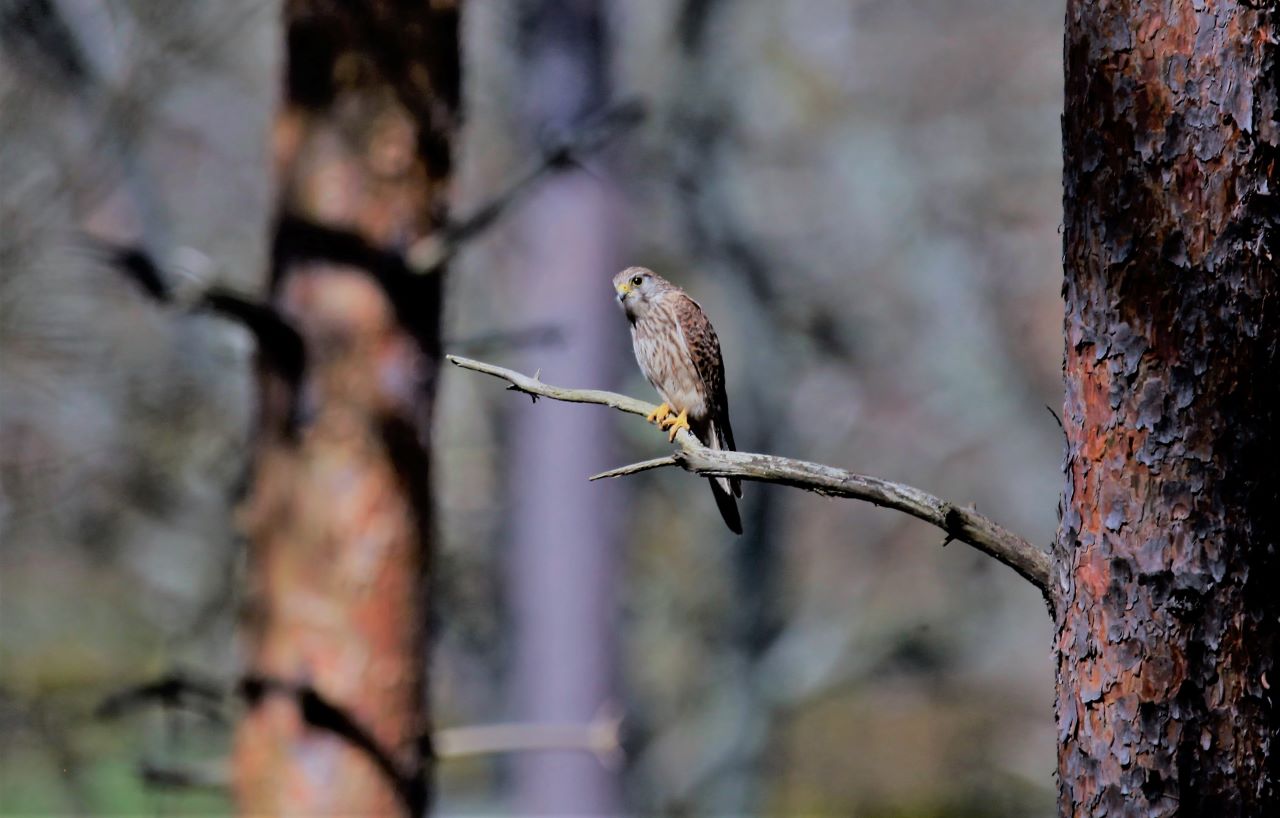

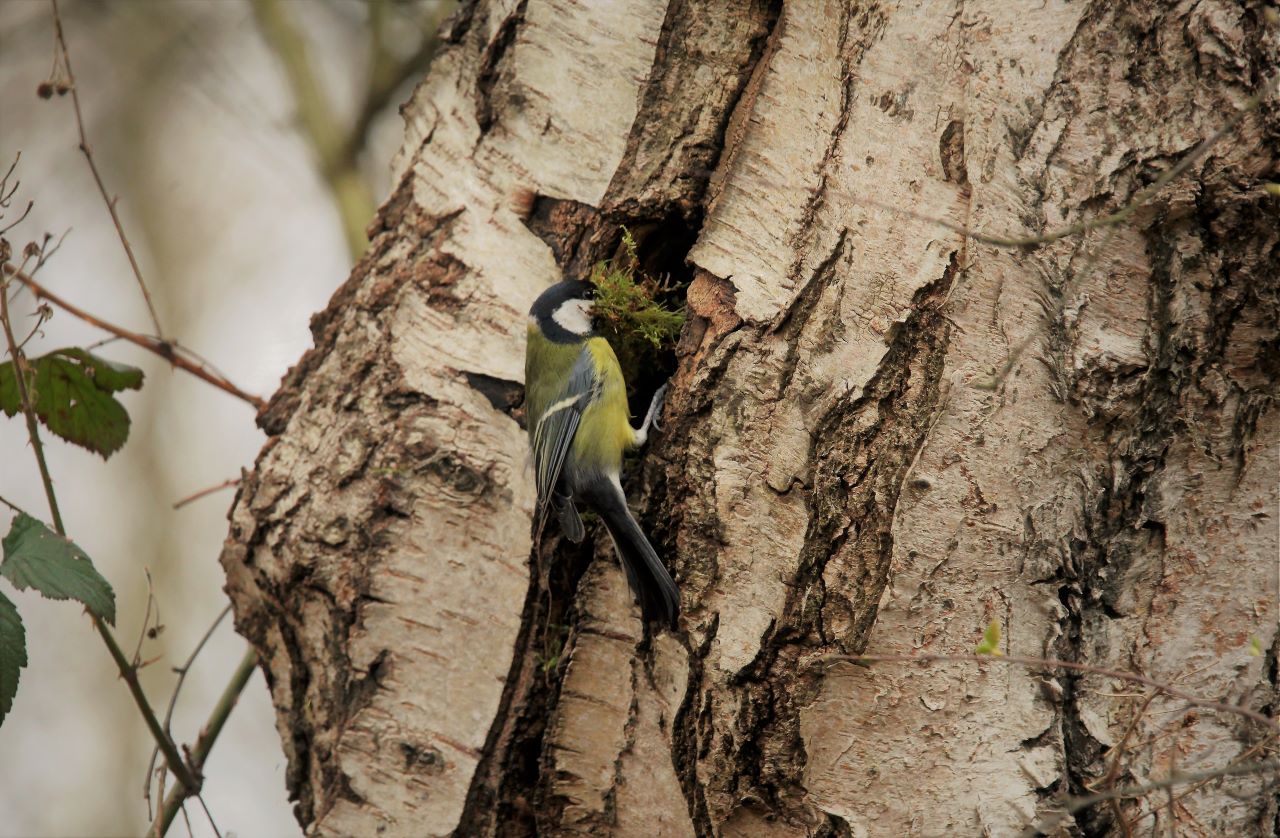
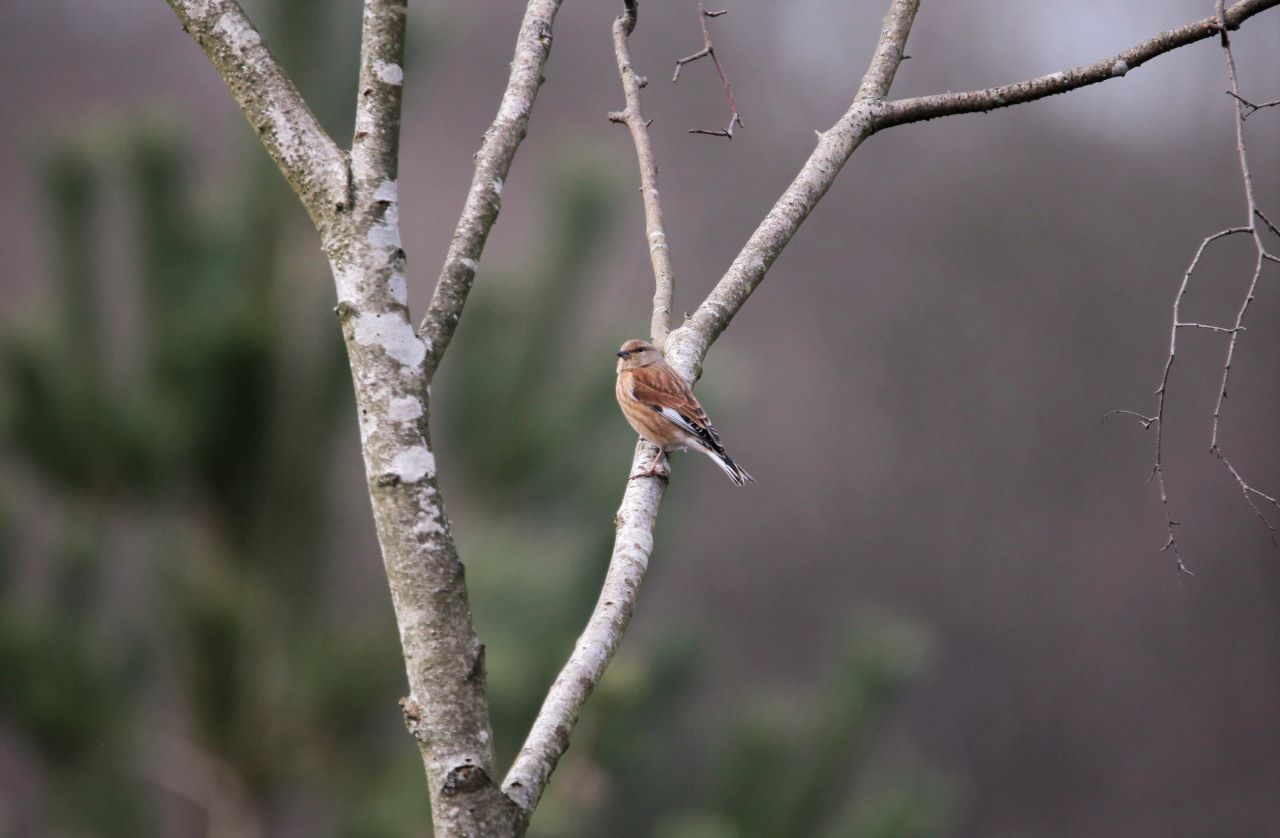
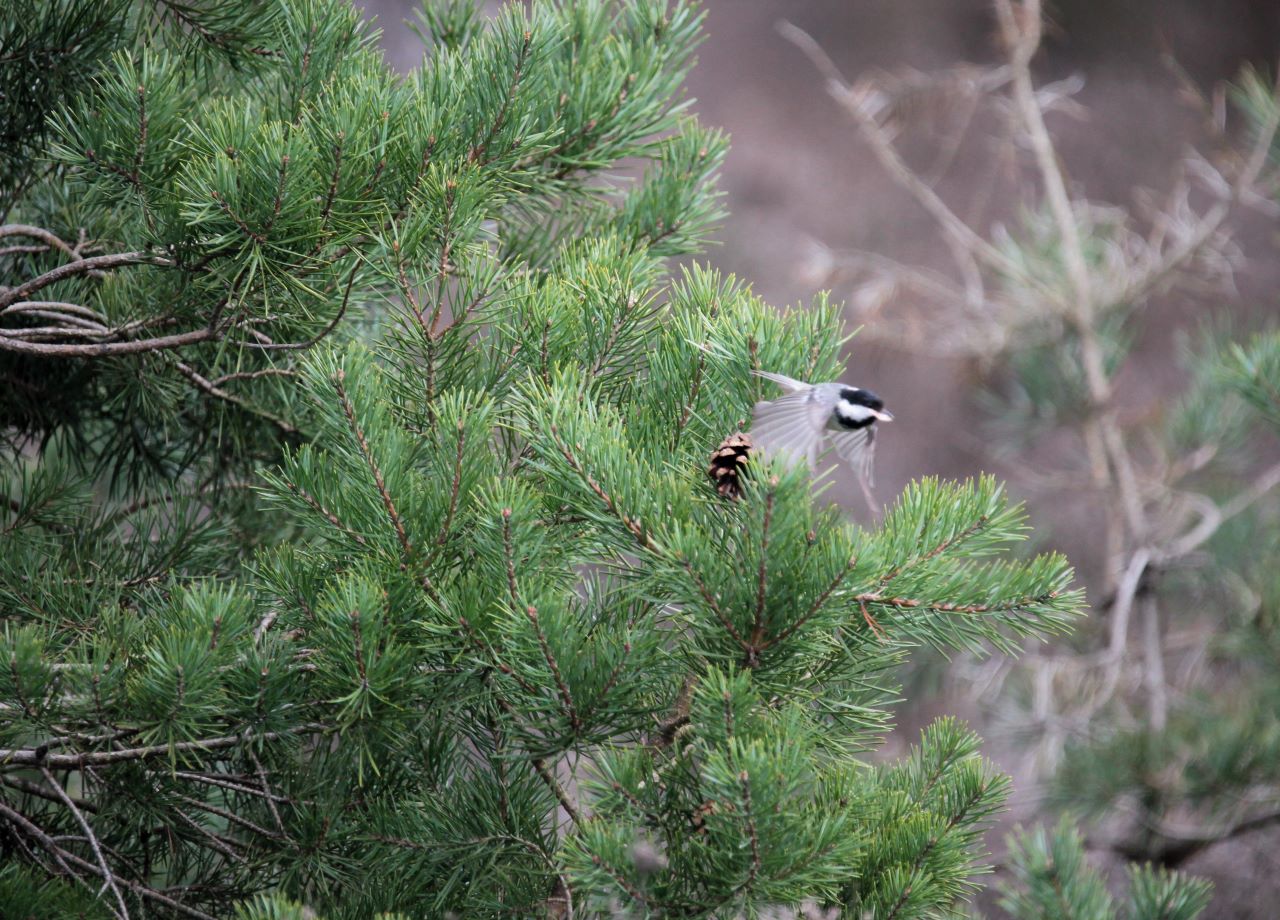
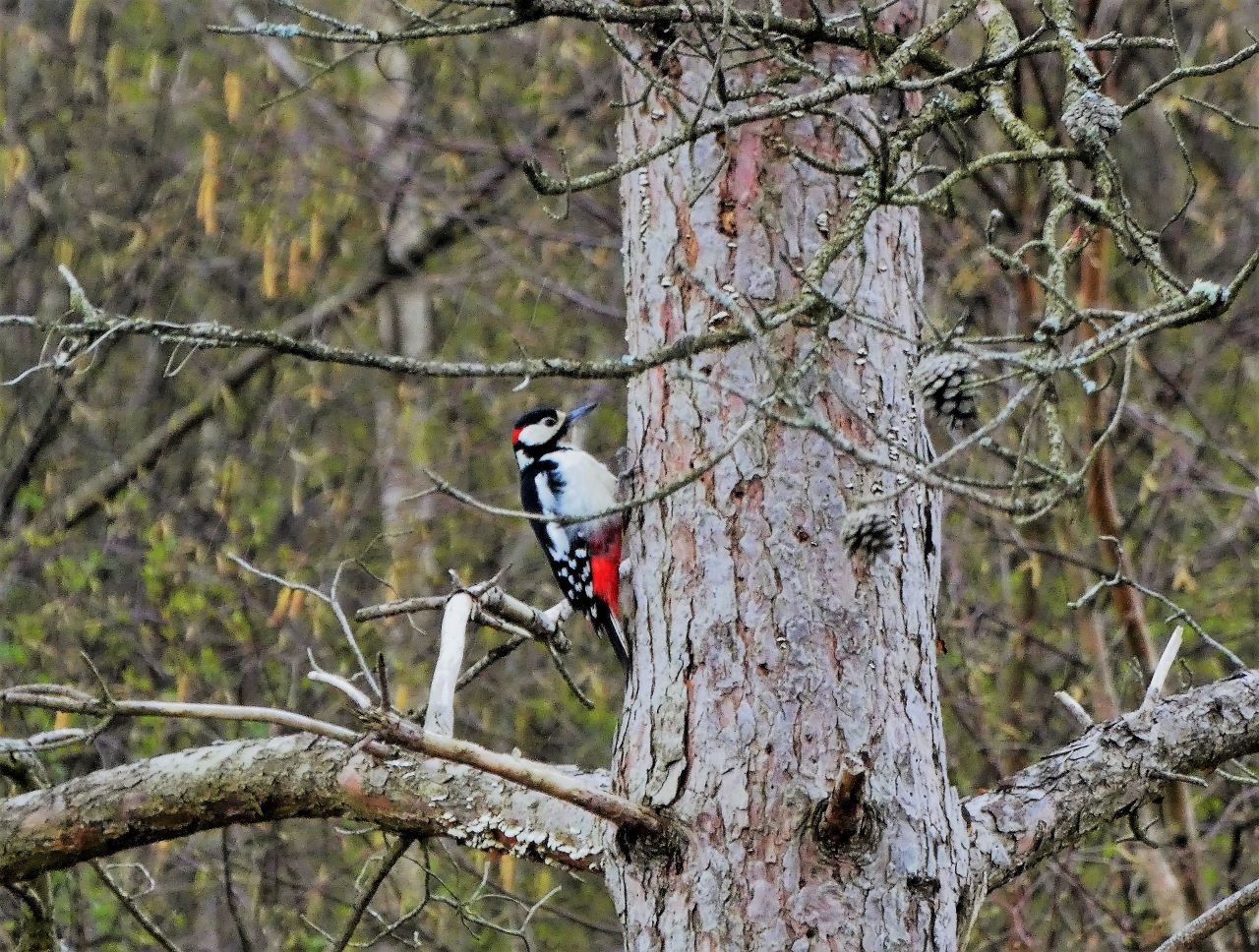
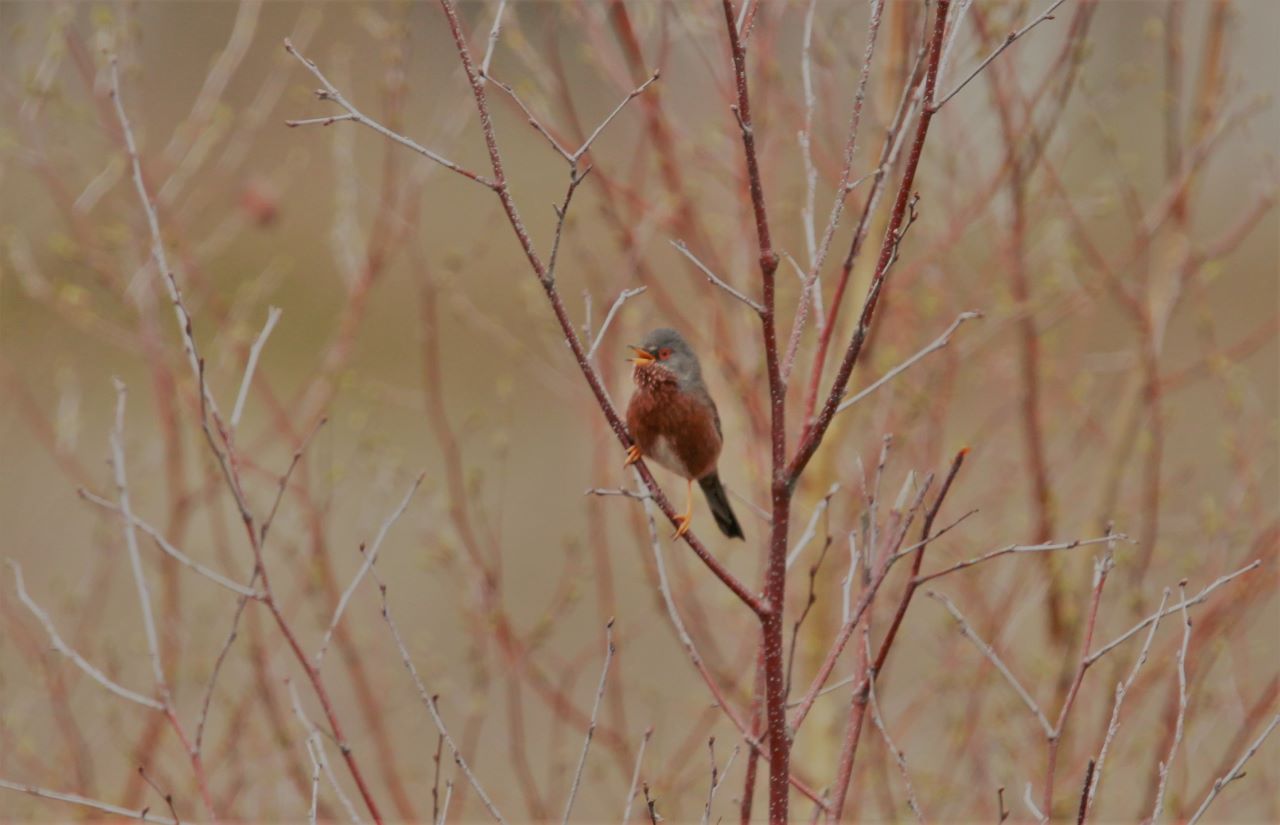



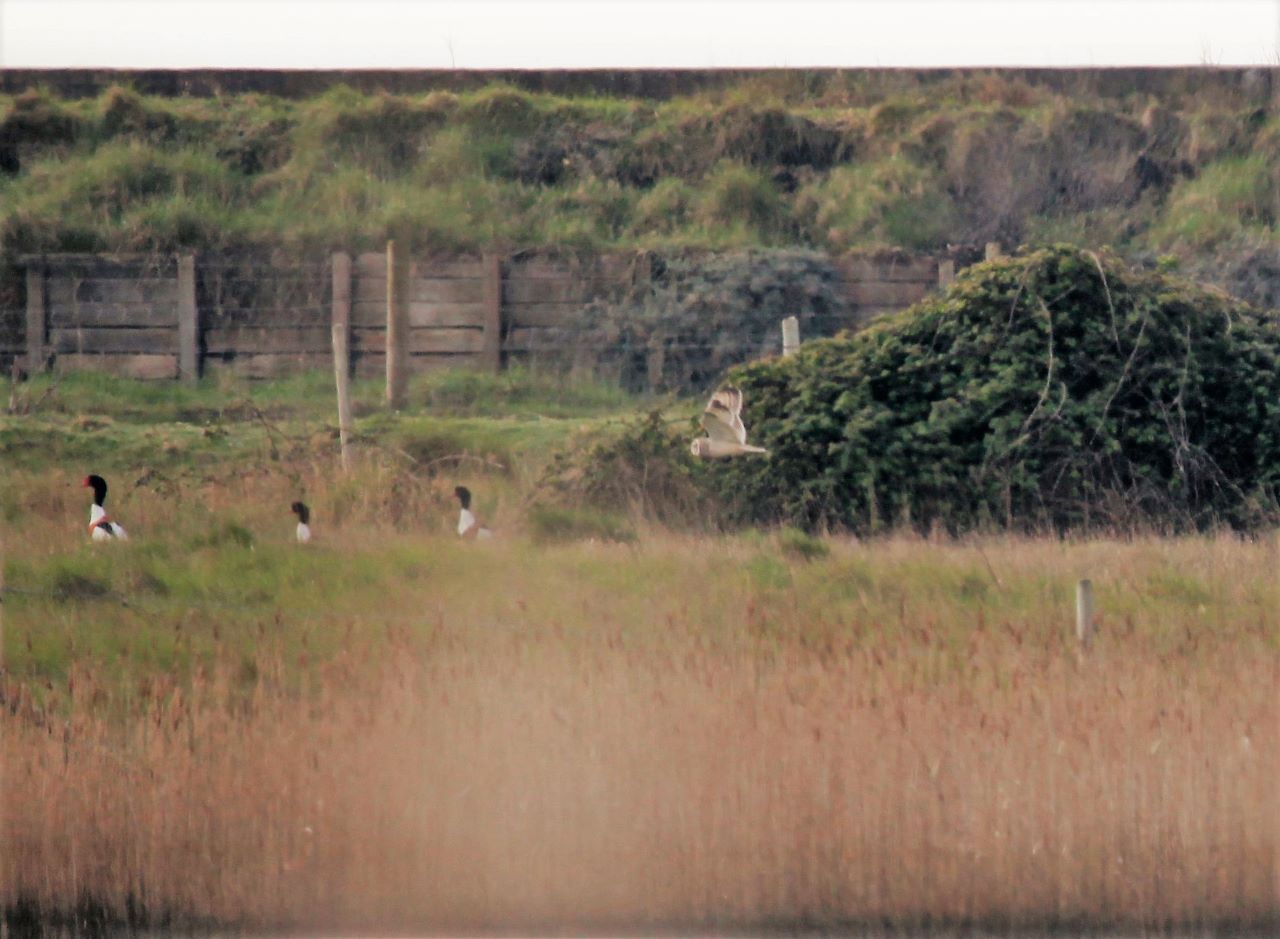
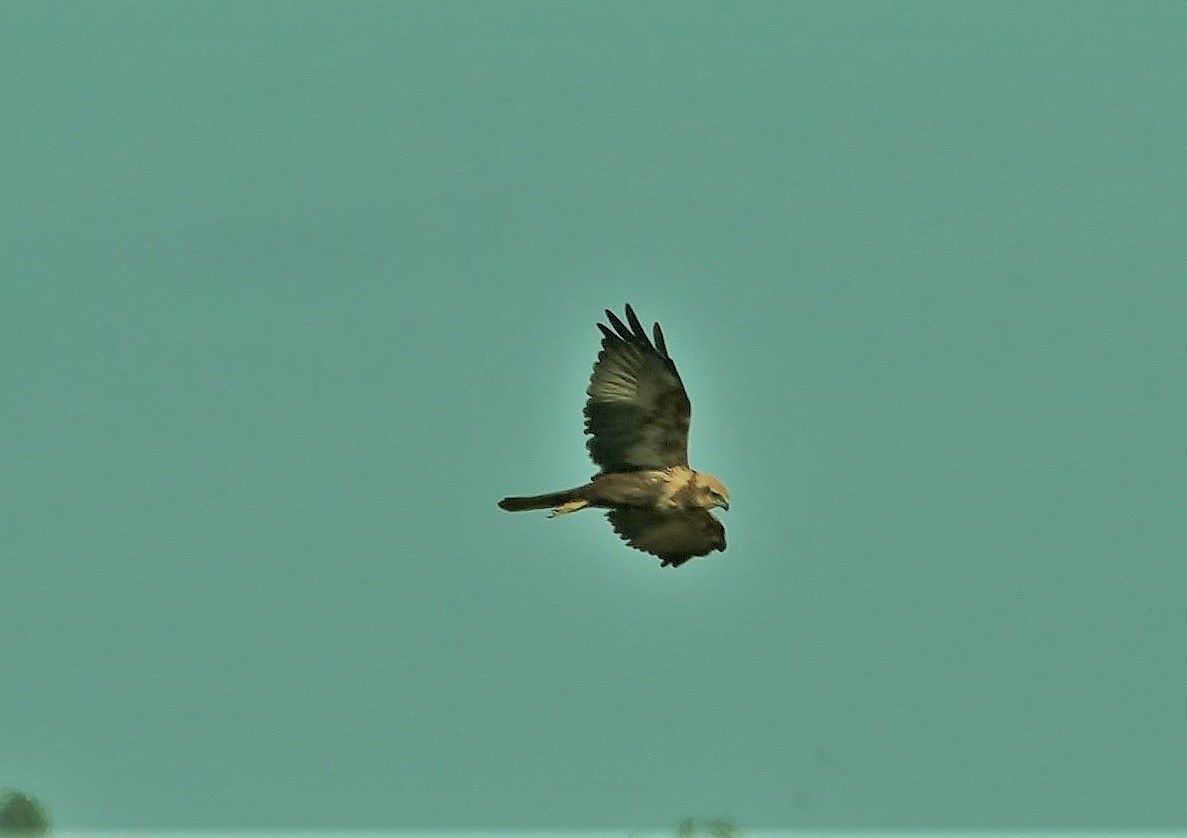
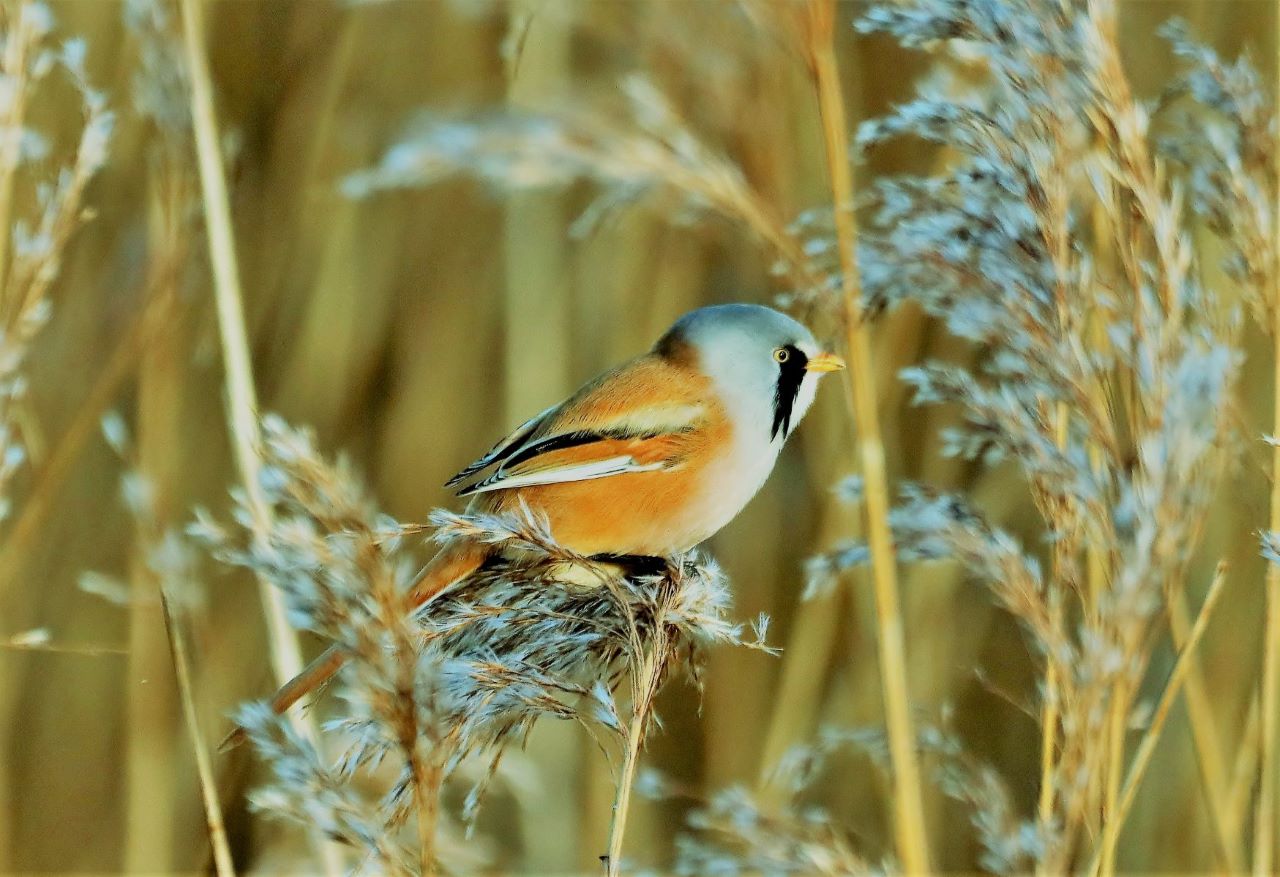
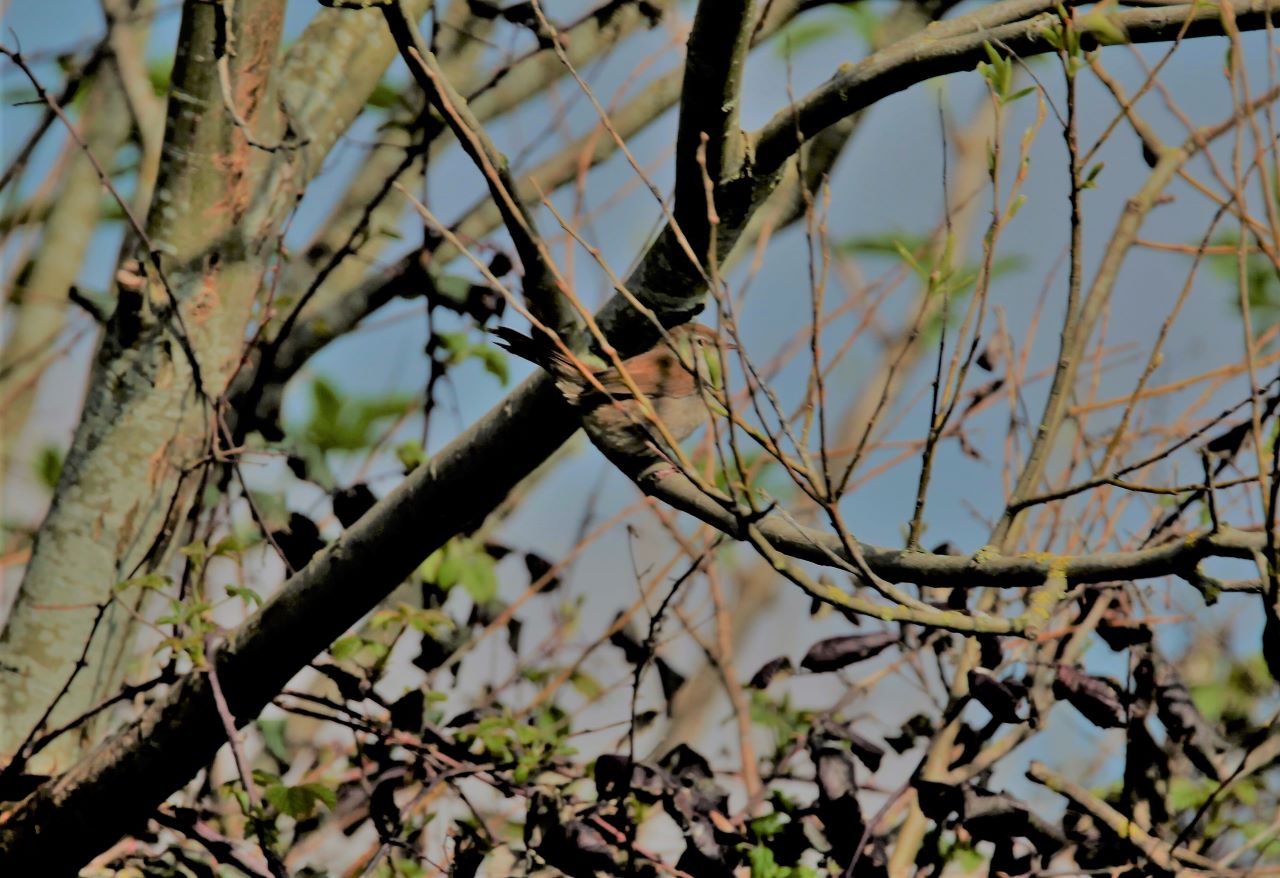
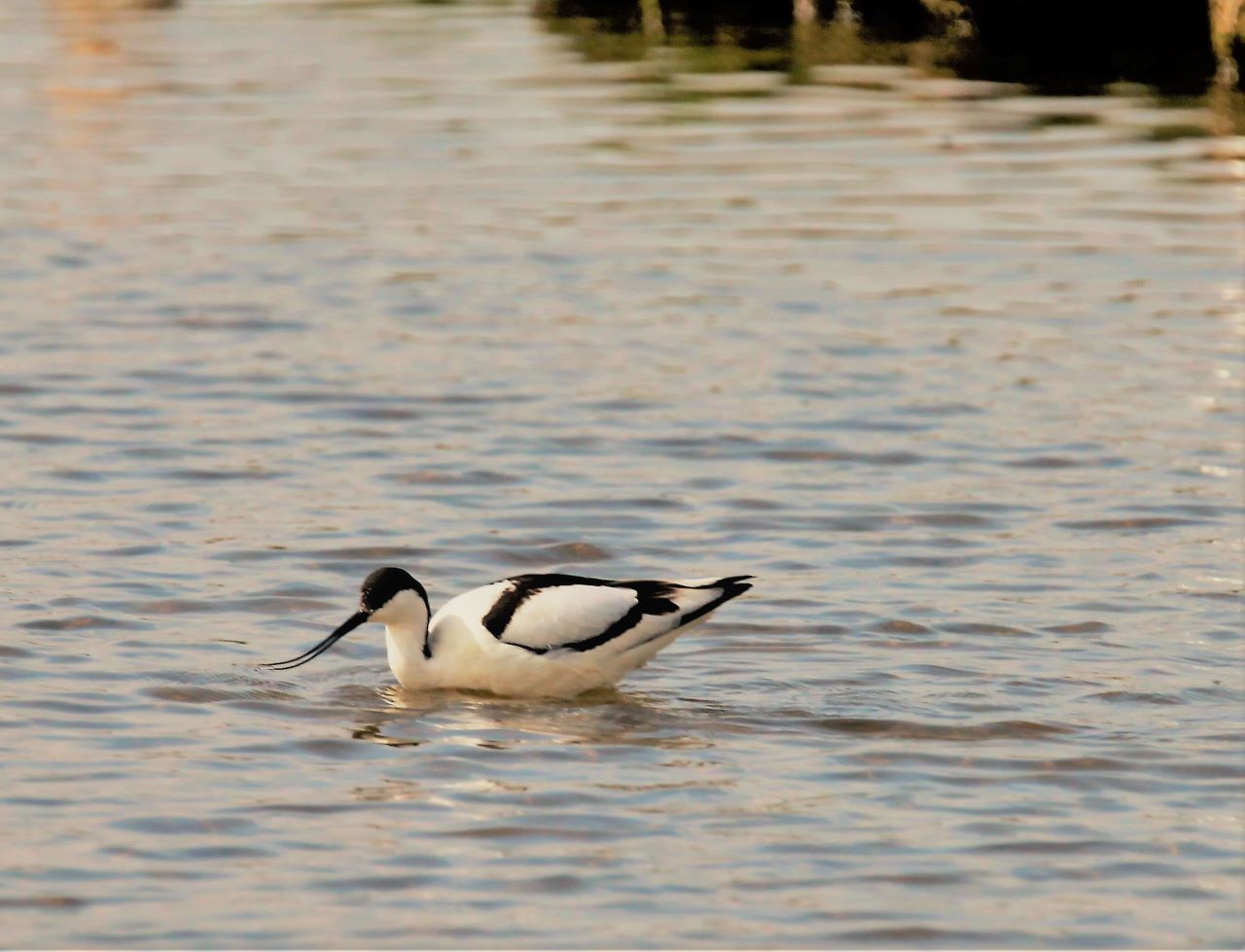
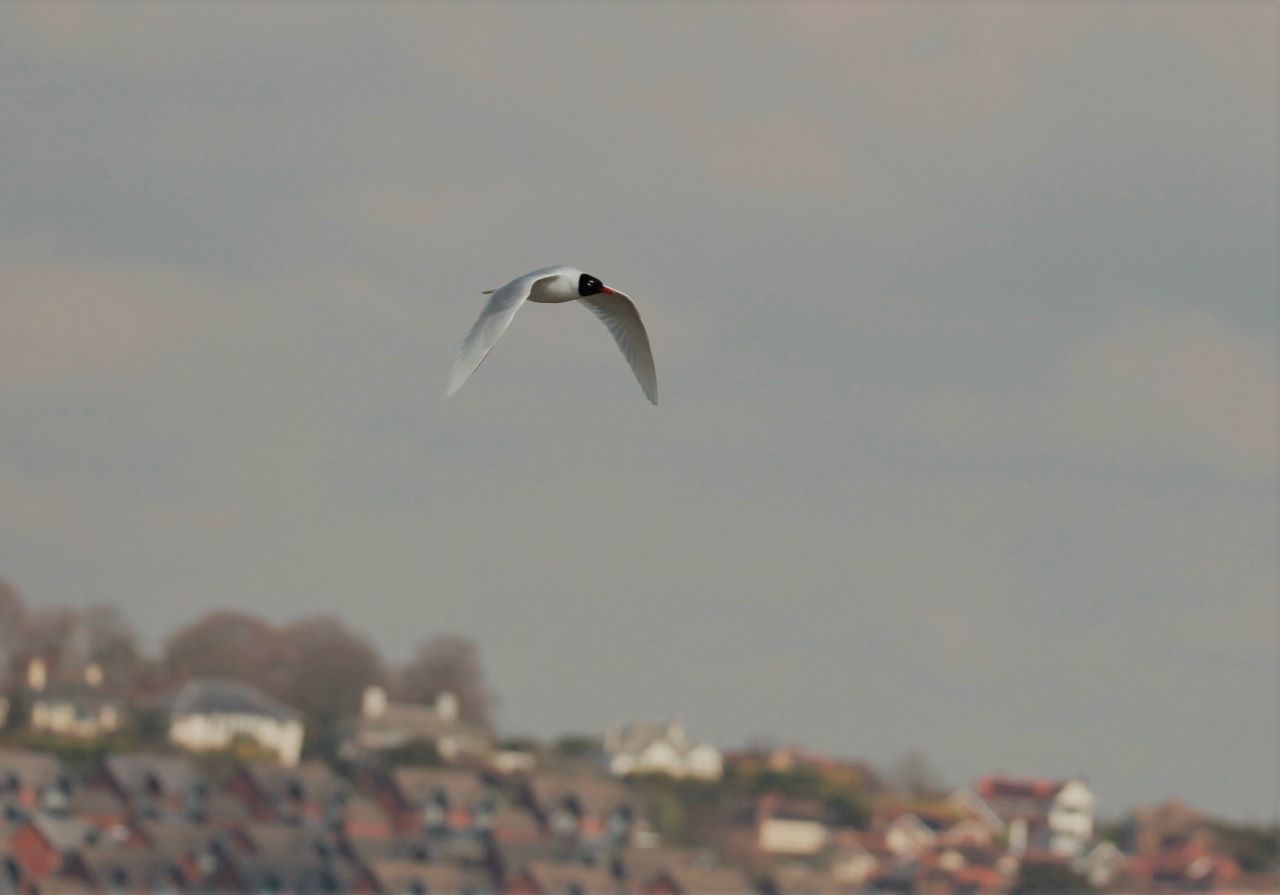

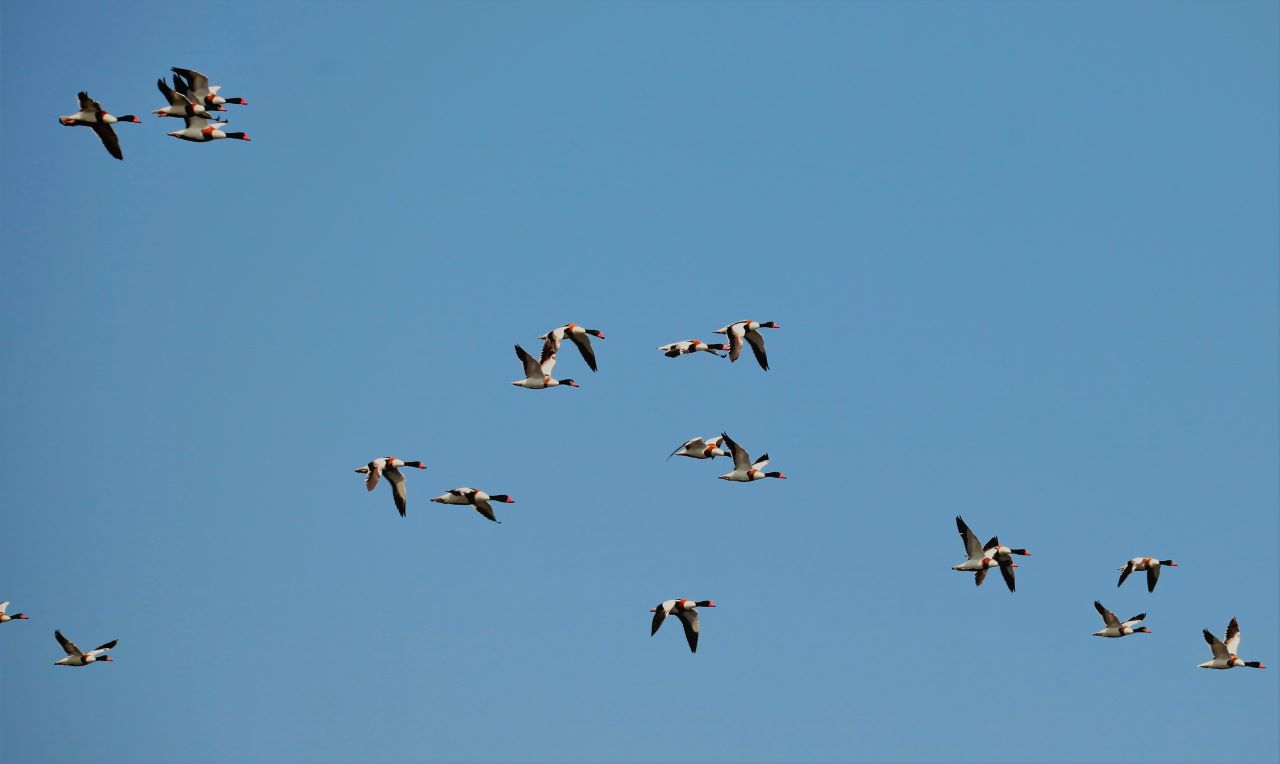


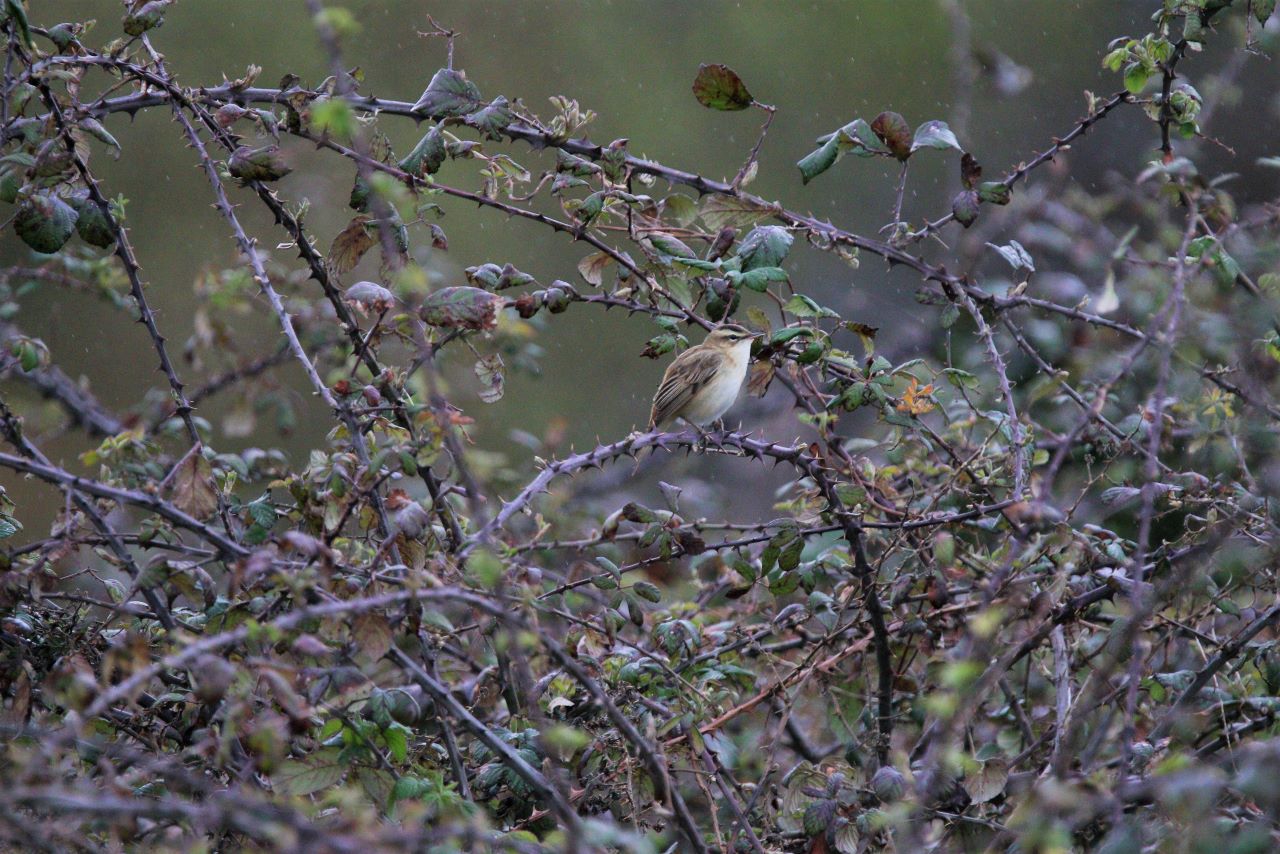
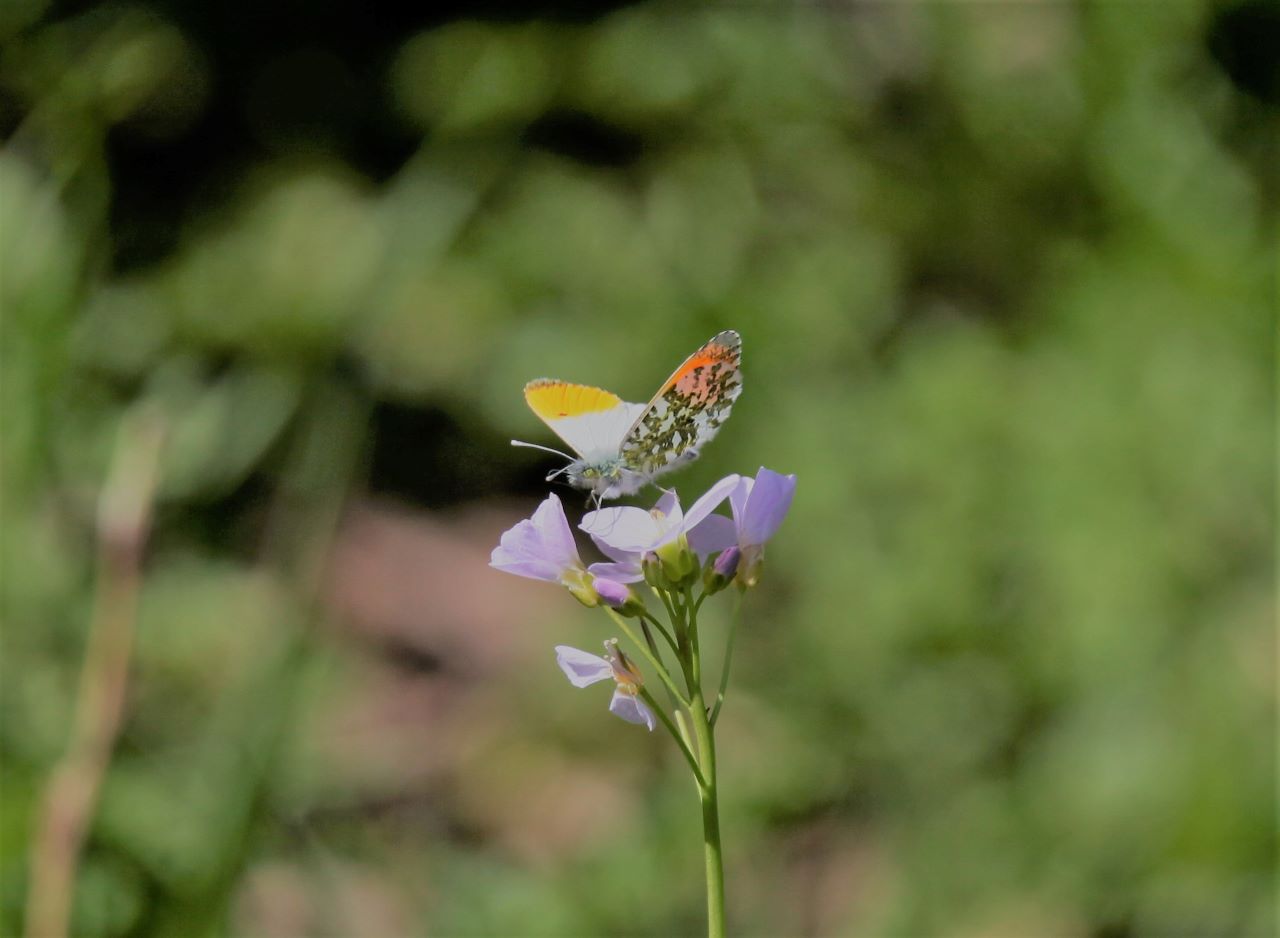
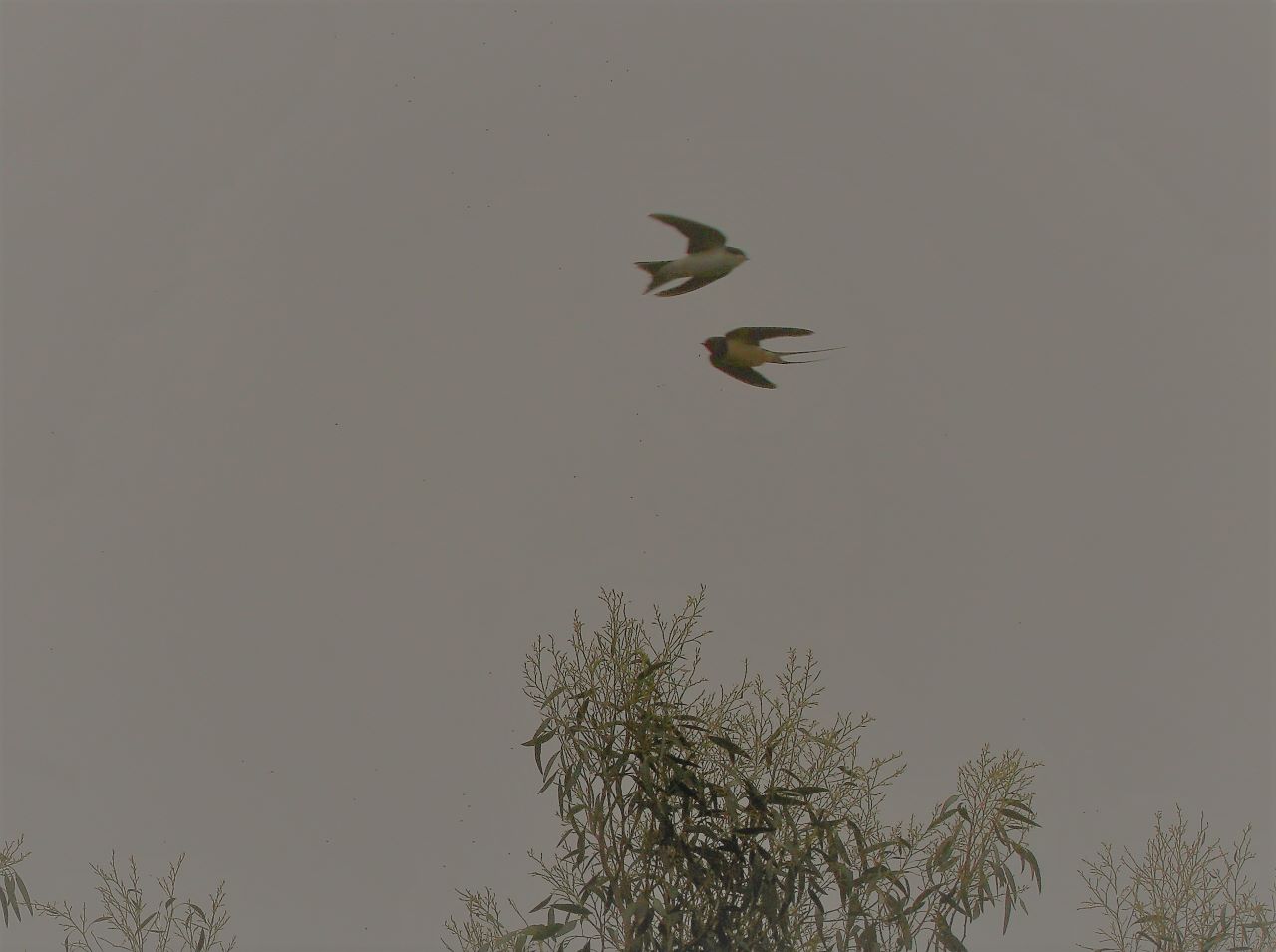
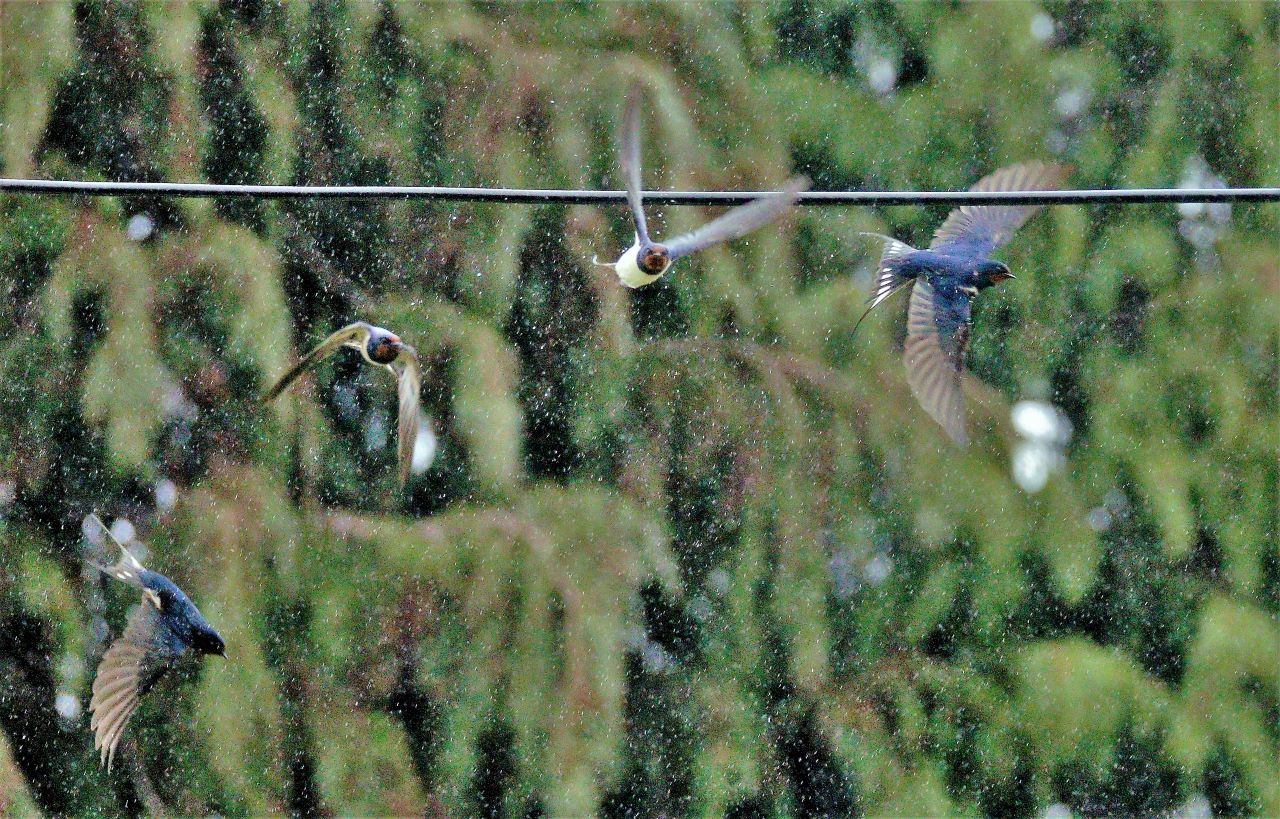
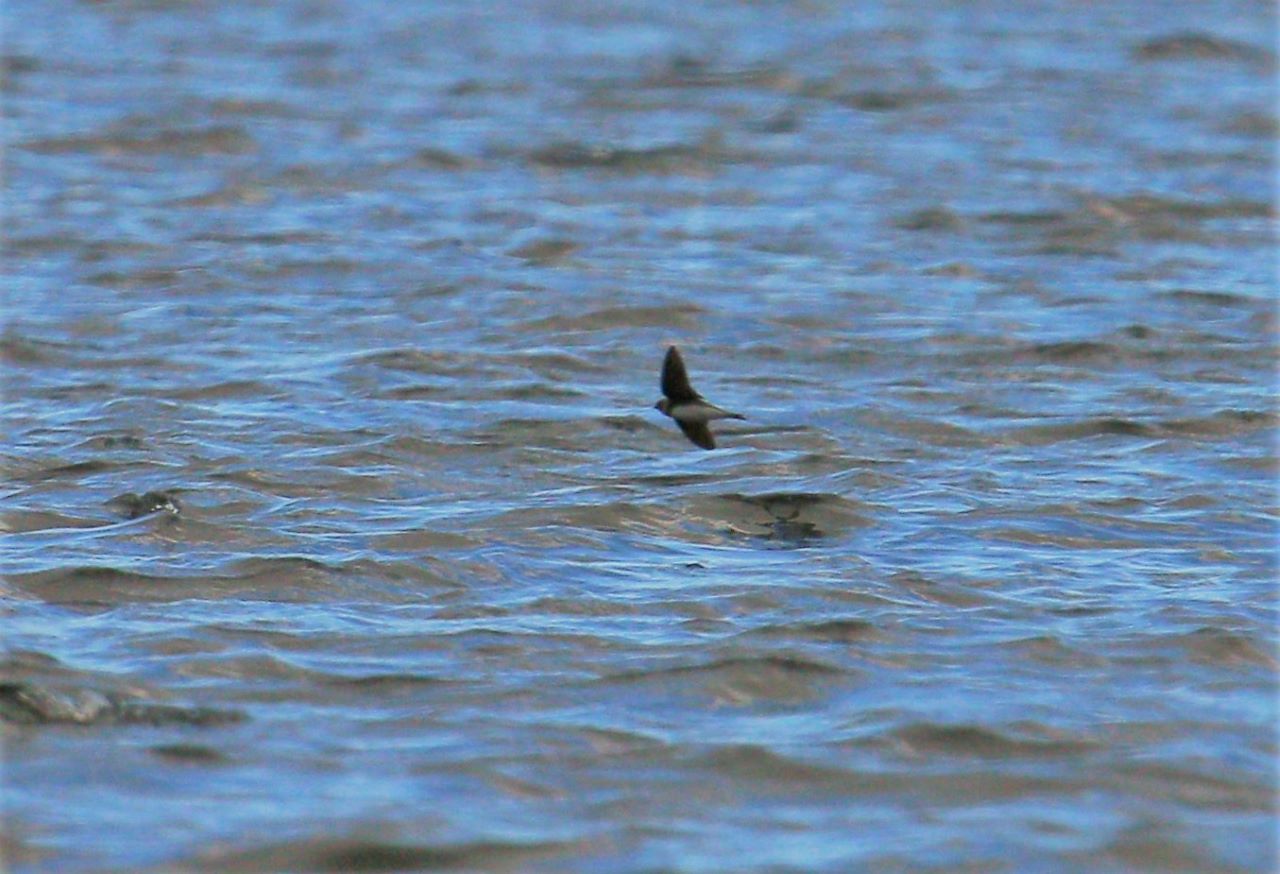




Harry Eve
April 19, 2023 at 10:49 am
Great photo of swallows in the rain.
Jane Lovett
April 20, 2023 at 9:14 am
Amazing! I can’t even manage to get a decent photo of birds in my garden! And the swallows in the rain shot is brilliant, so different!
Deborah Hogan
April 20, 2023 at 1:43 pm
Brilliant blog as usual from Malcom Fincham. I especially loved the kingfisher. My favourite bird also.